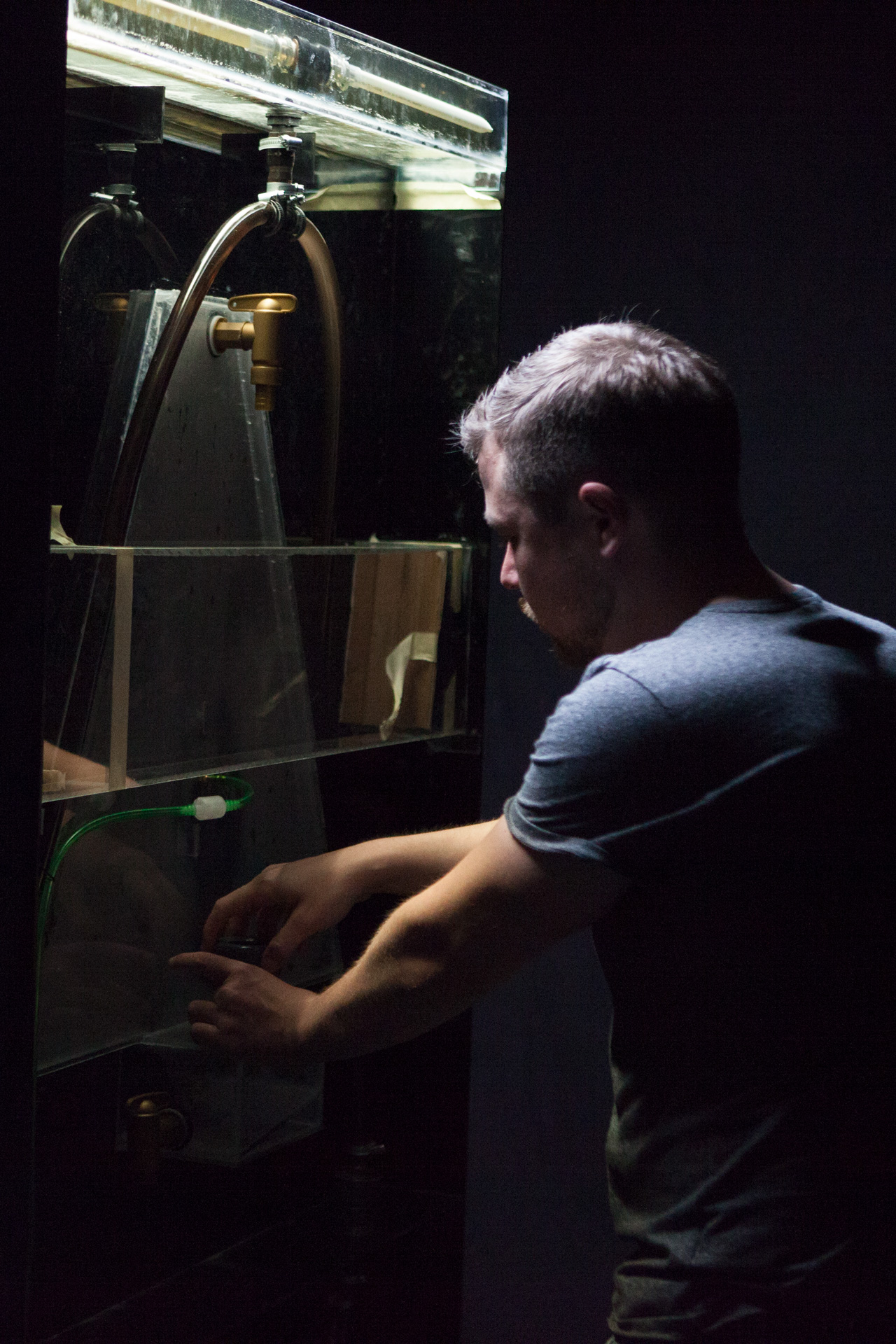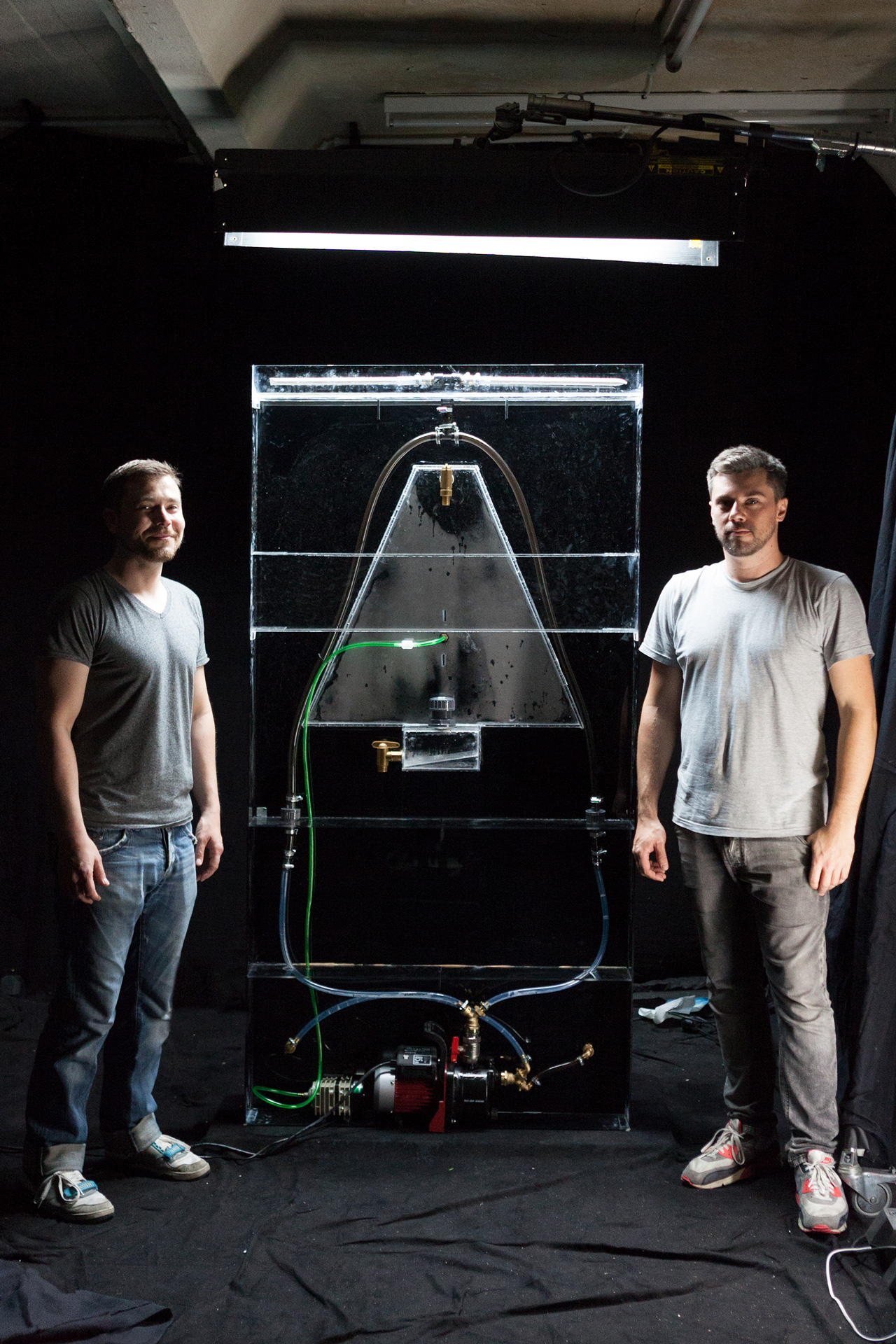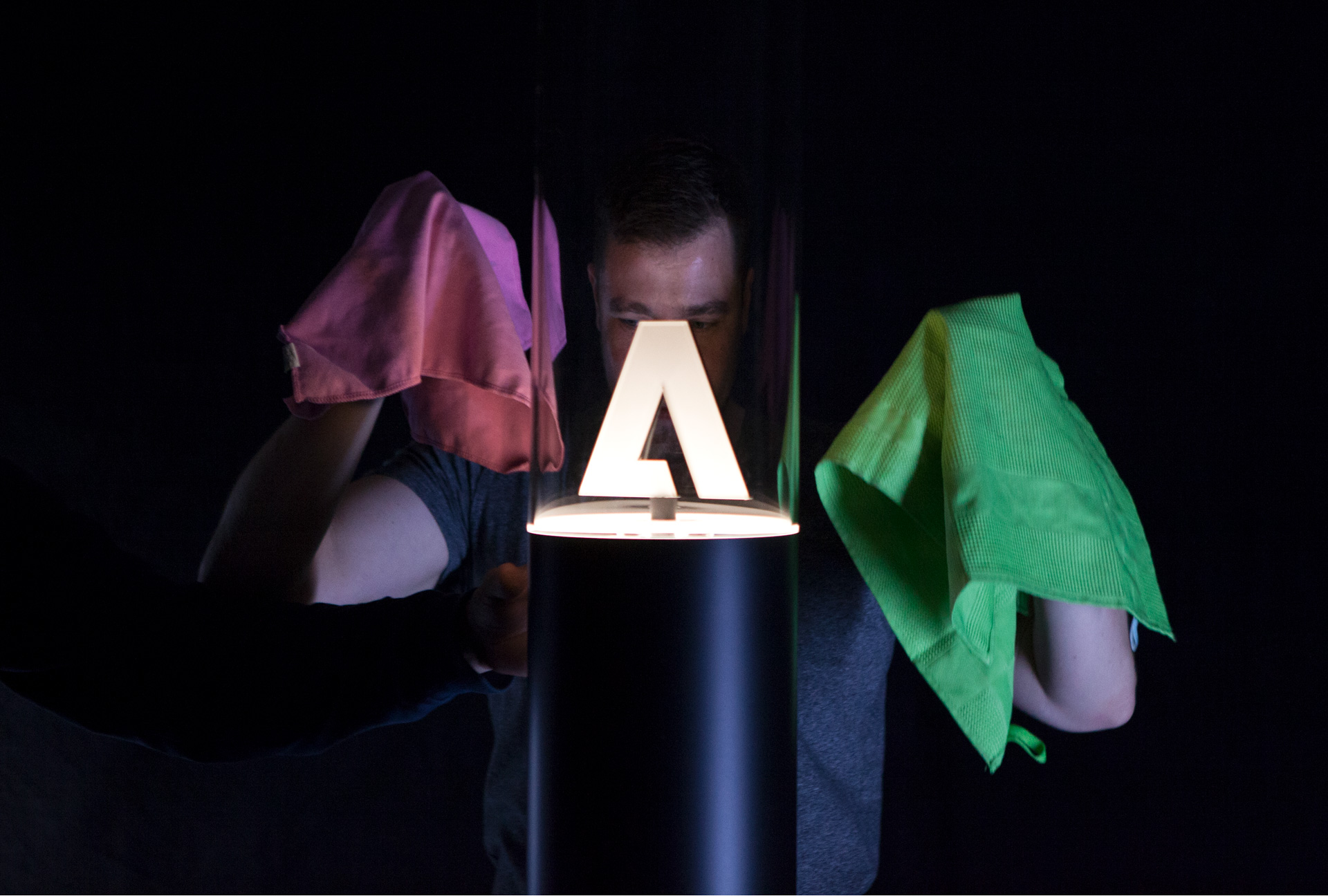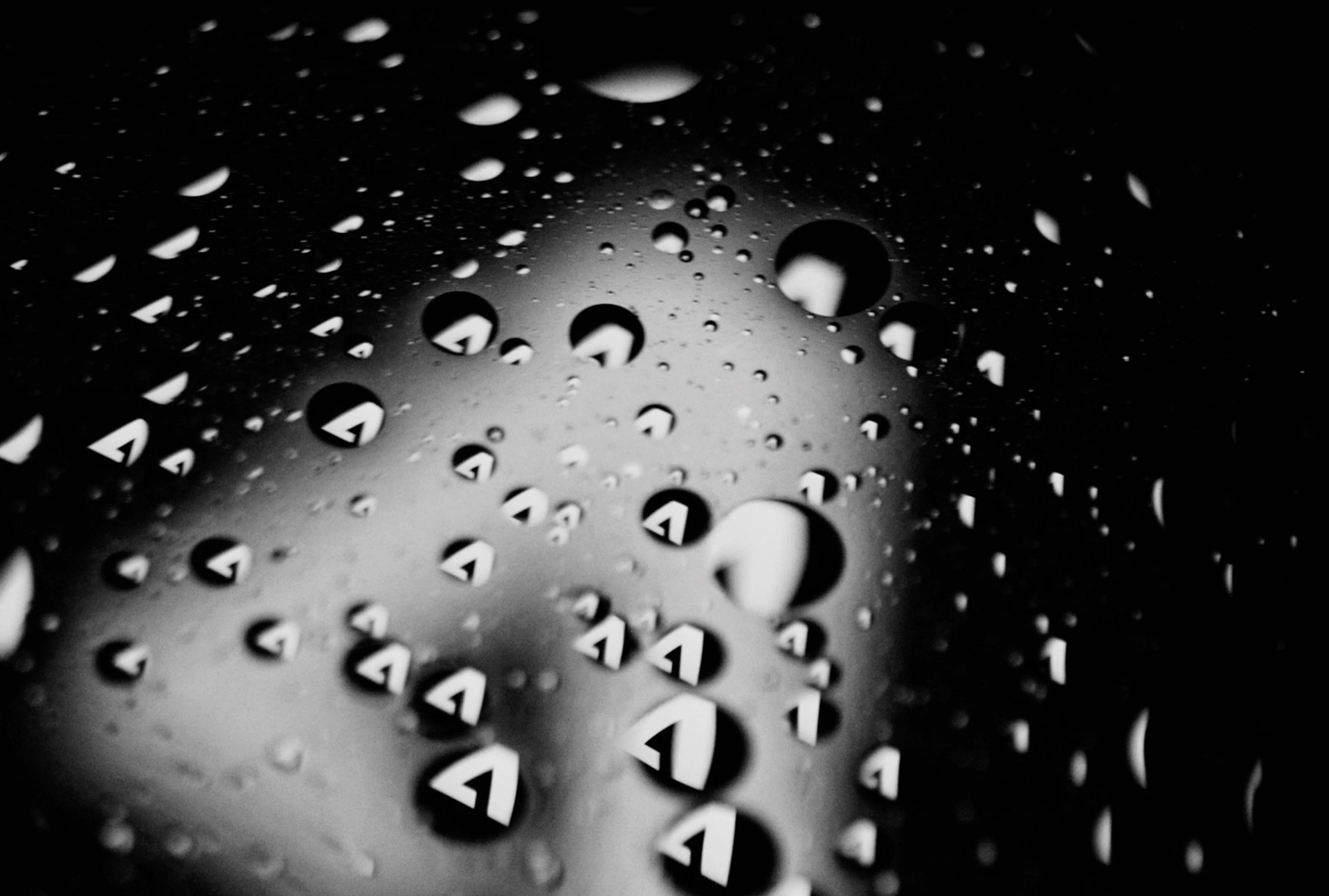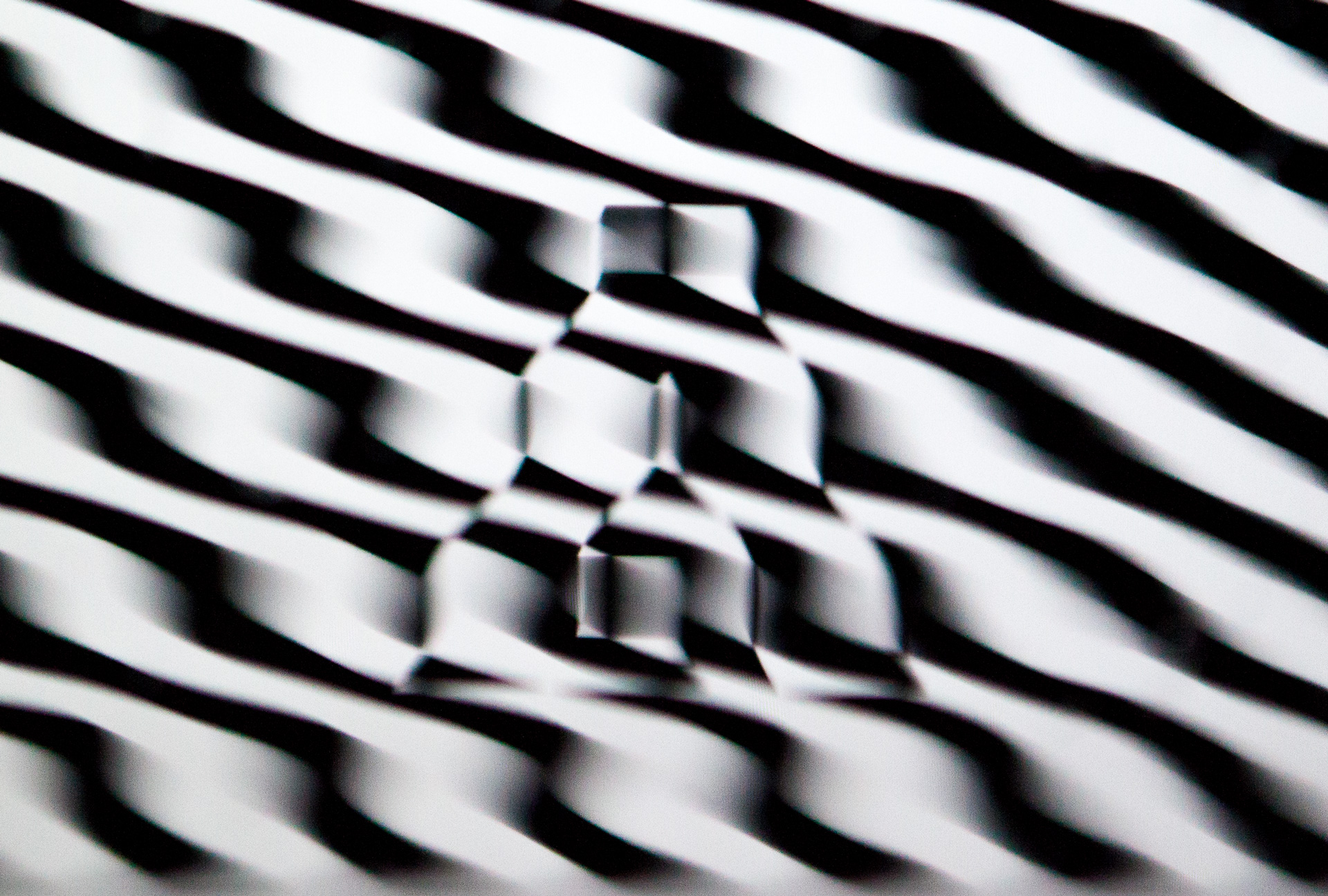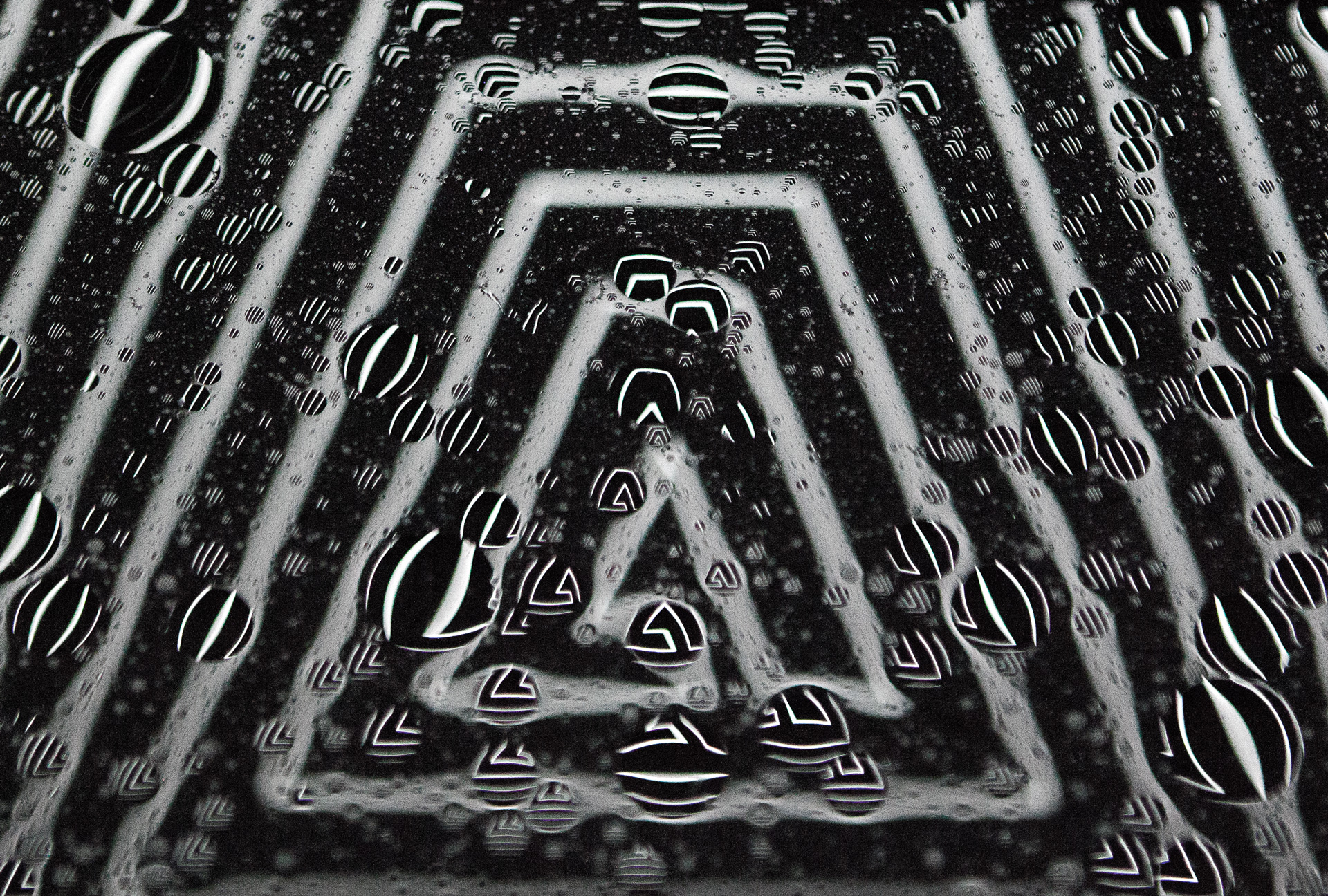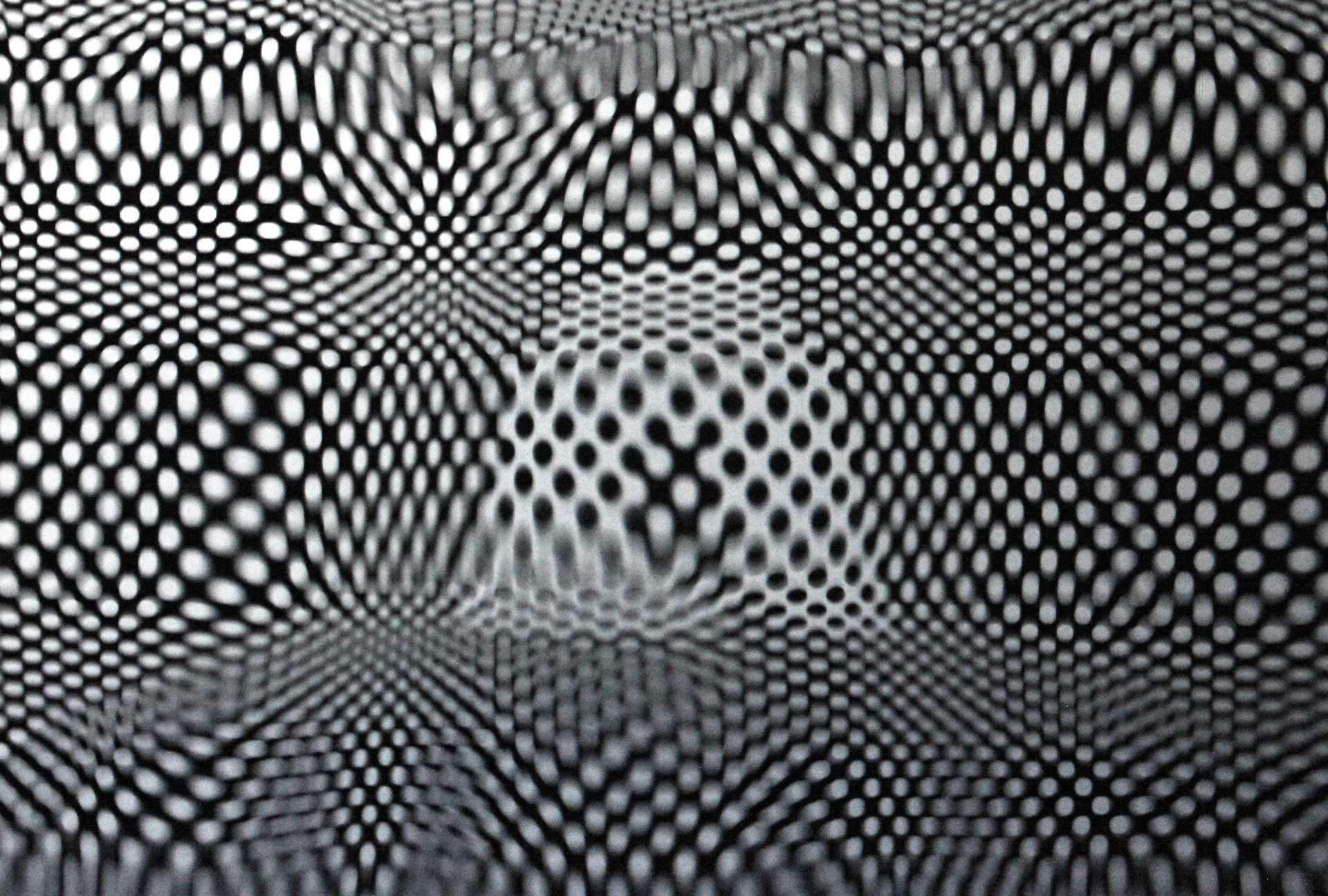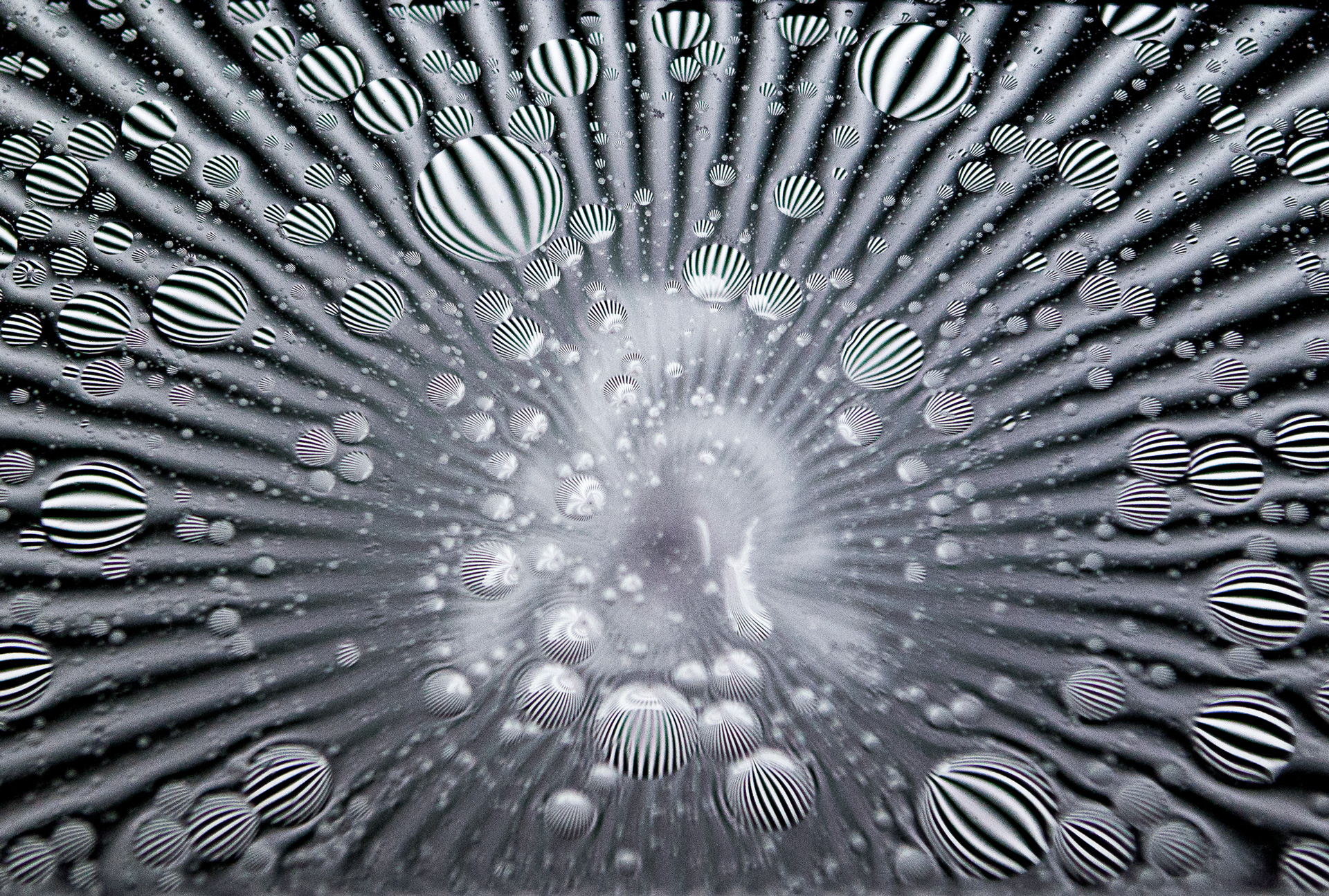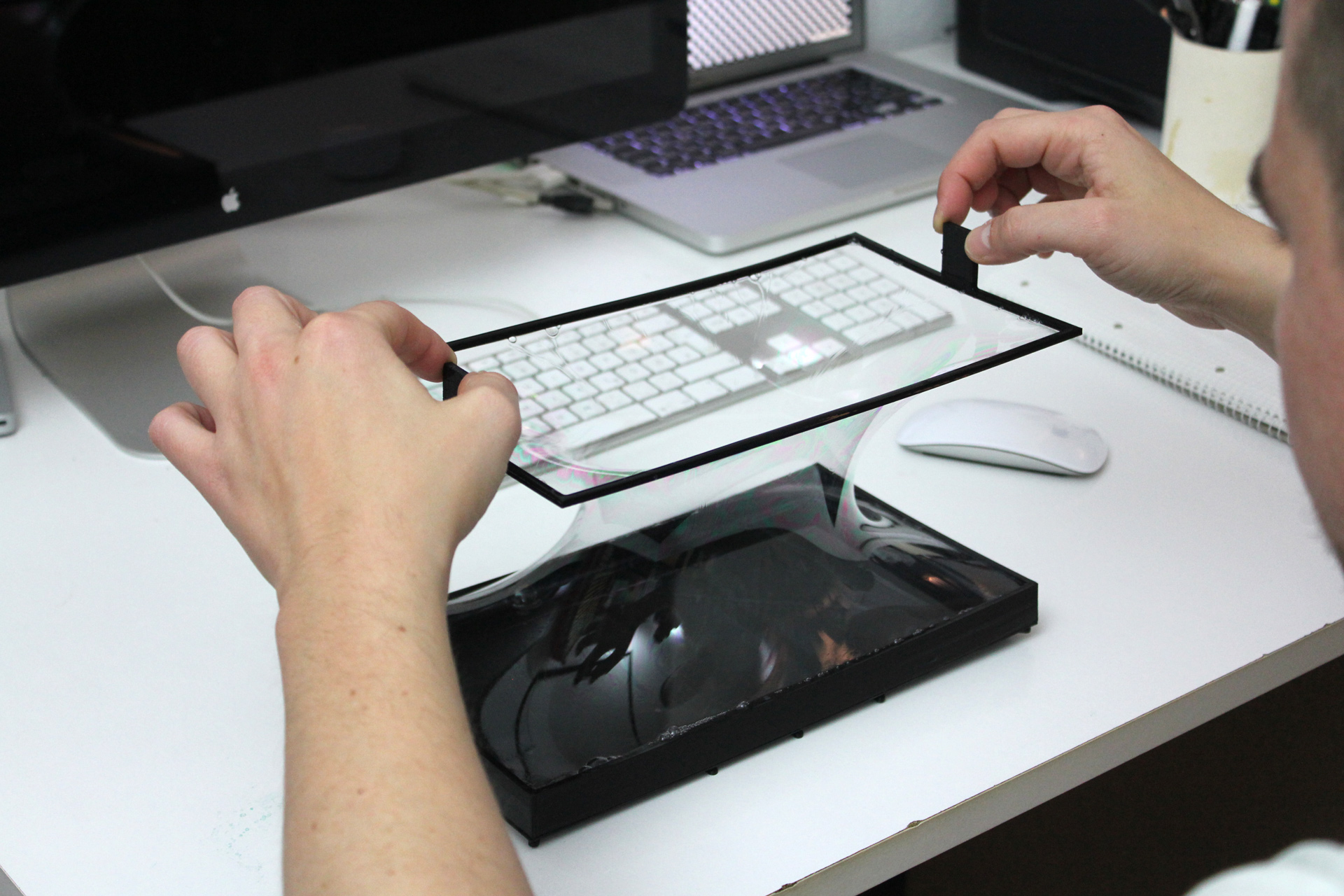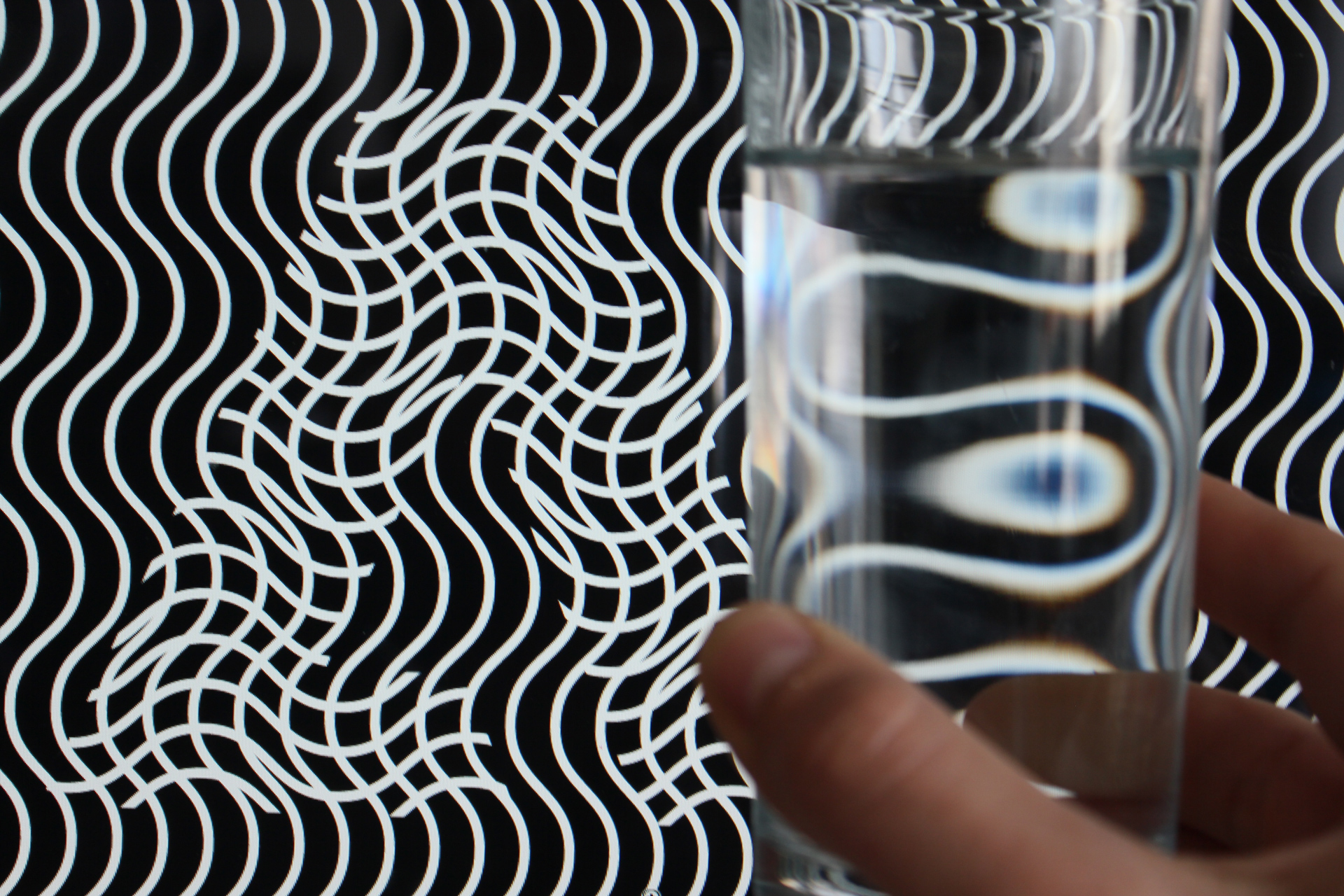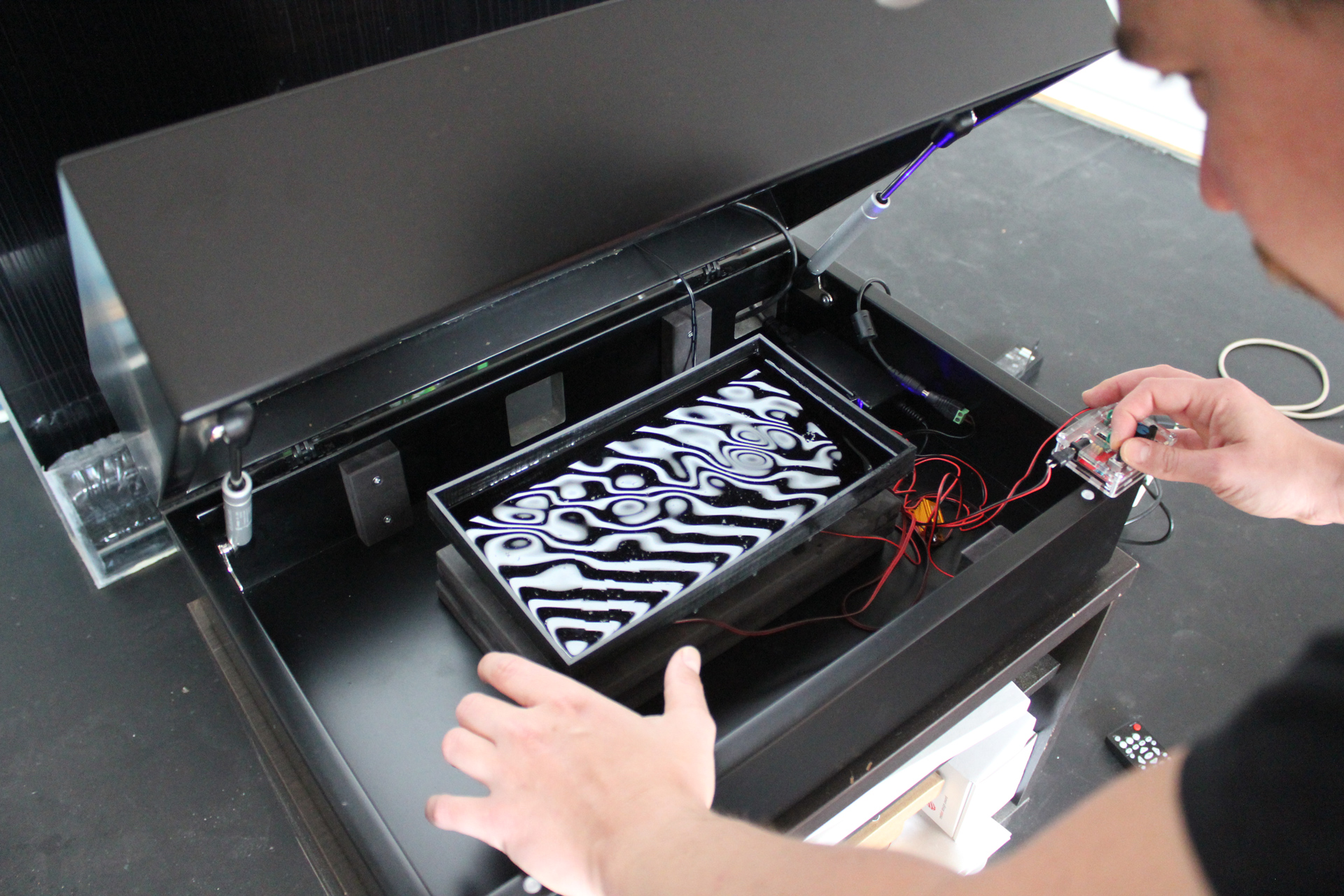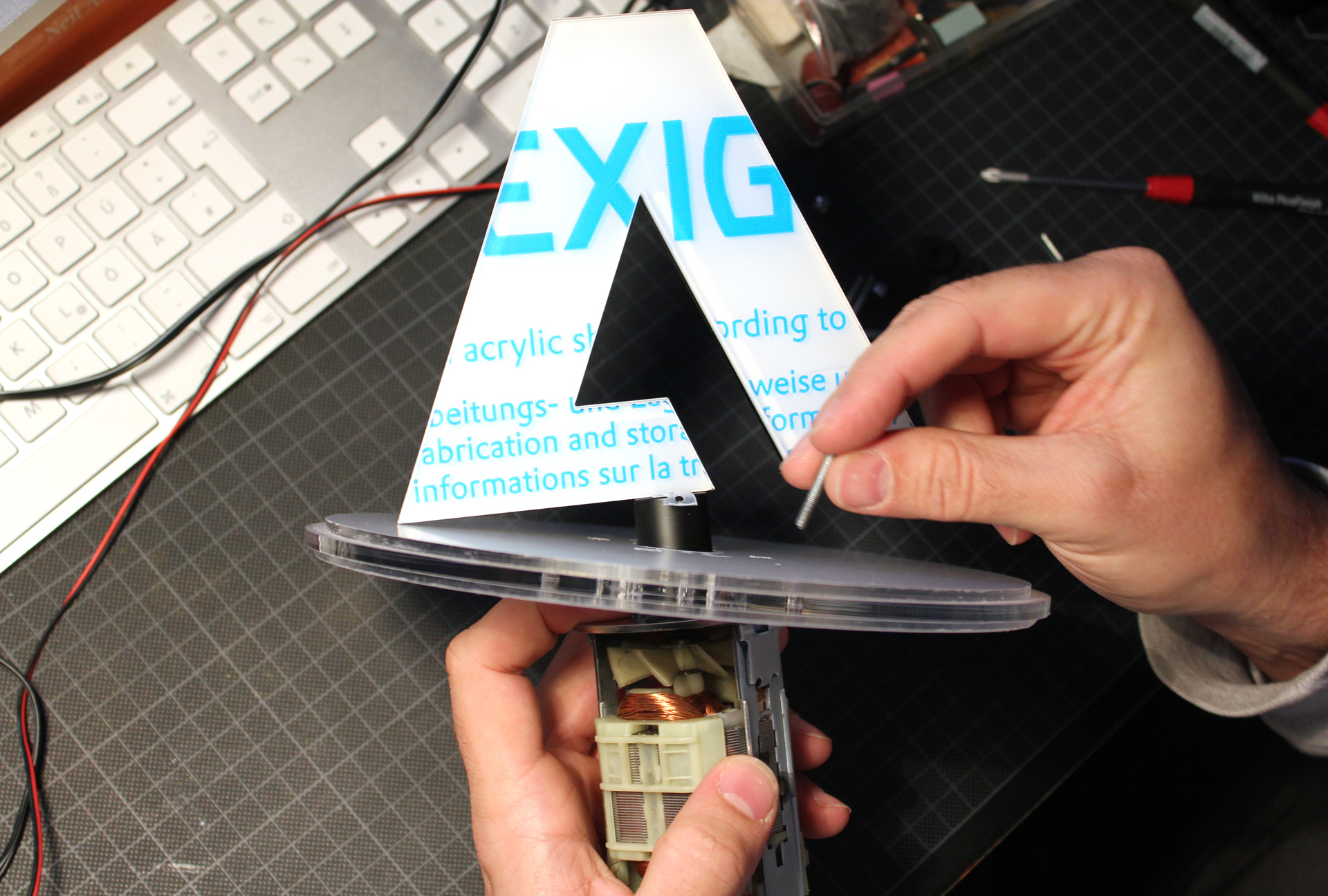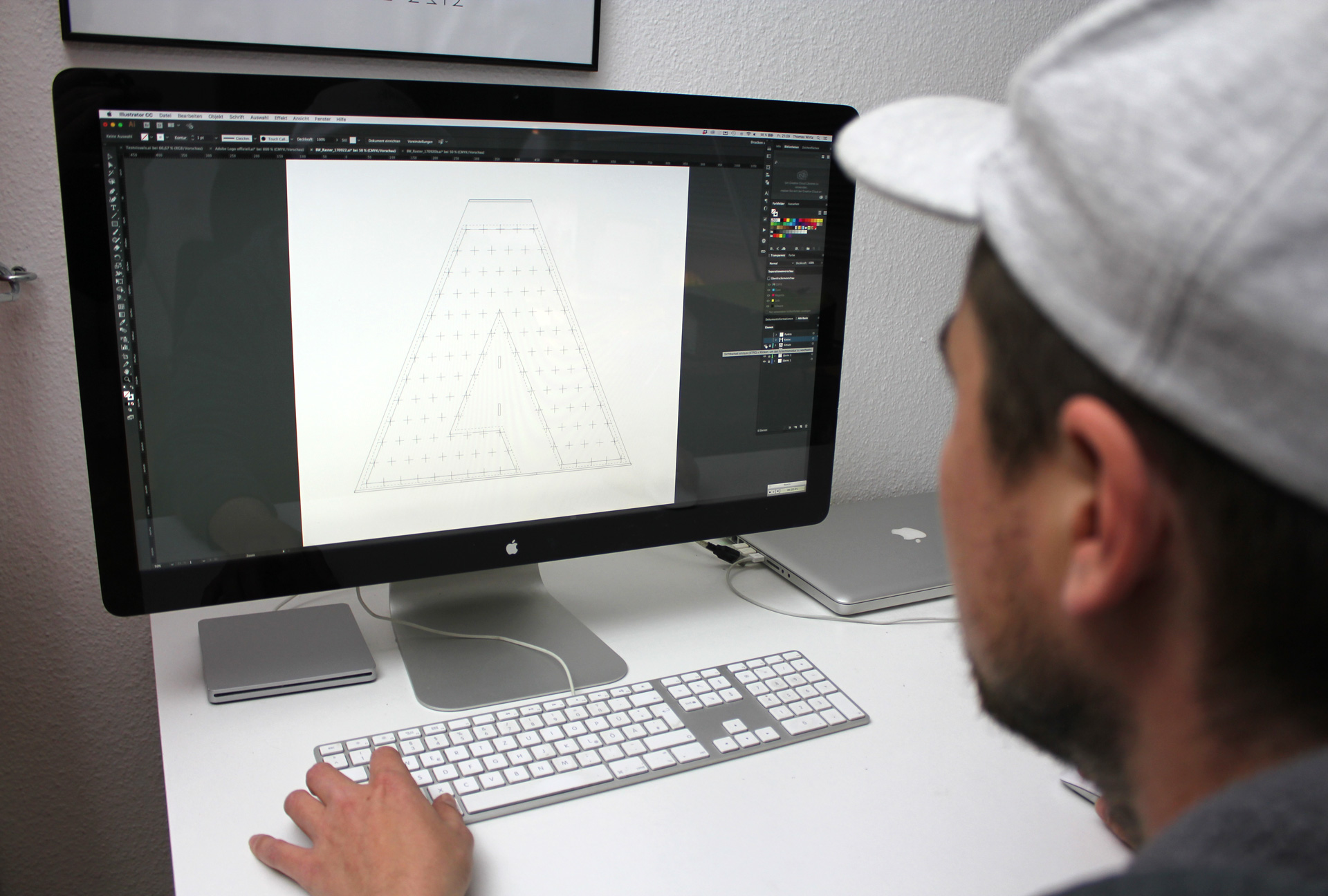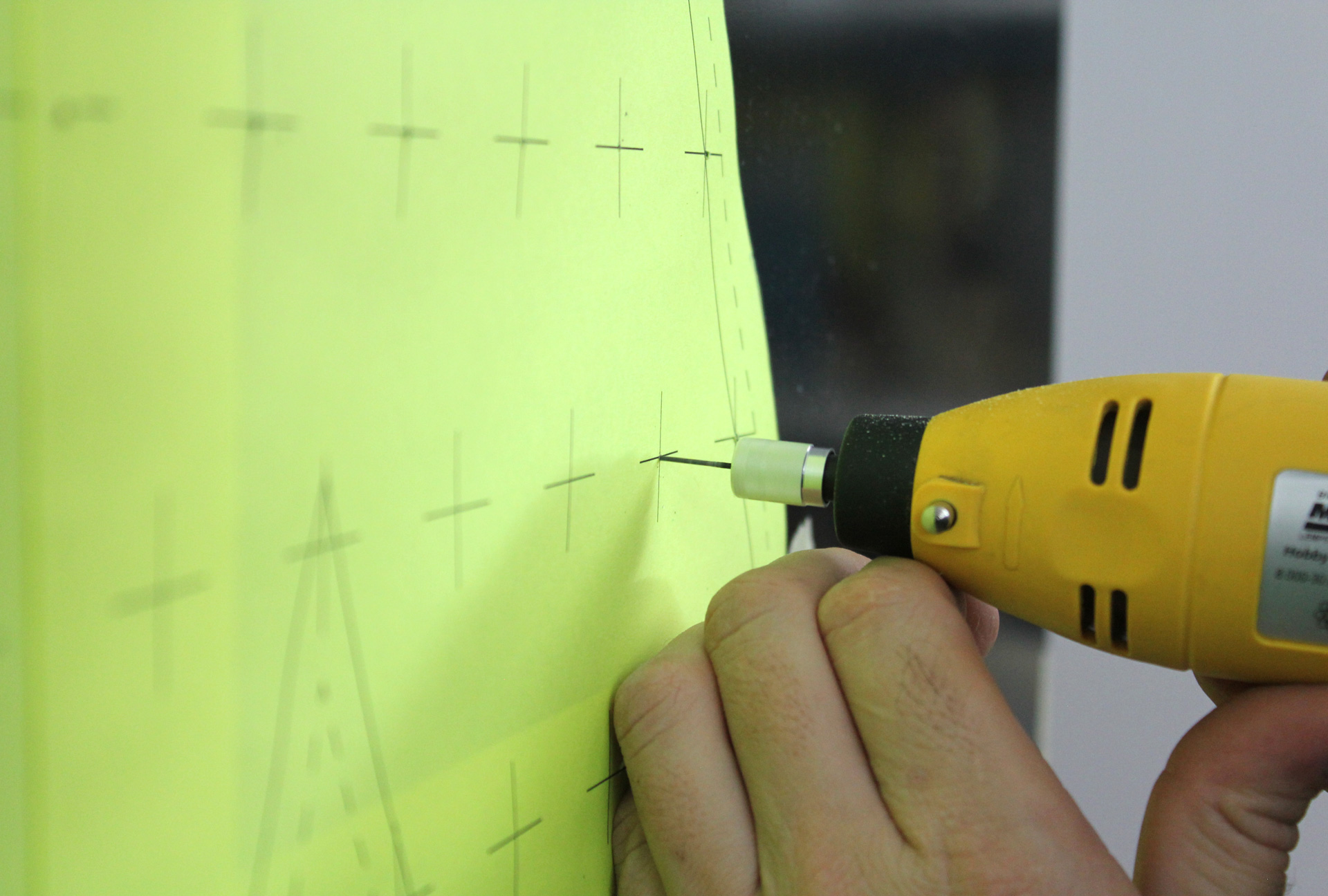
At regular intervals, Adobe invites designers from all over the world to reinterpret their logo through their own way of working. We were pleased that this call was extended to three interpretations, which were presented live for the first time at the Adobe MAX Creativity Conference 2017 in Las Vegas.

Brief
Free reinterpretation of the Adobe logo; realisation for live performances at the Adobe MAX Creativity Conference, as well as film and photographic staging for social media purposes and other digital applications and print products.
Concept
In the course of numerous experimental projects, we have developed three basic methods for staging signs using physical processes. The familiar logo was presented in the form of three kinetic, interactive exhibits through construction, deformation and embedding in variable contexts.
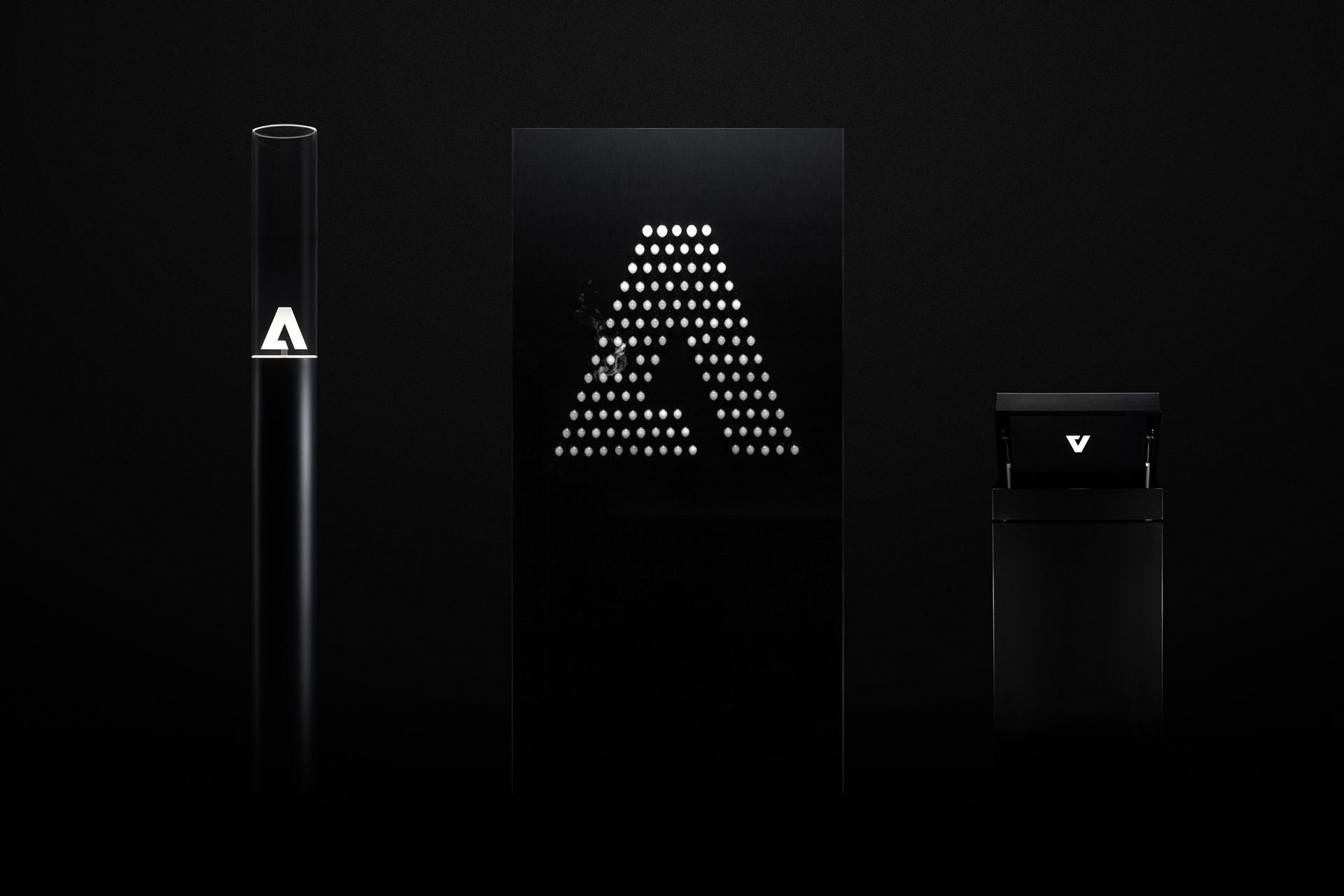
Bubble Wall
The Bubble Wall presents a construction of the logo from the smallest units. Out of nowhere, bubbles appear on the 2‑metre high, flowing, black surface and form the logo in its entirety in perfect form, which slowly dissolves and disappears, only to reappear afterwards.
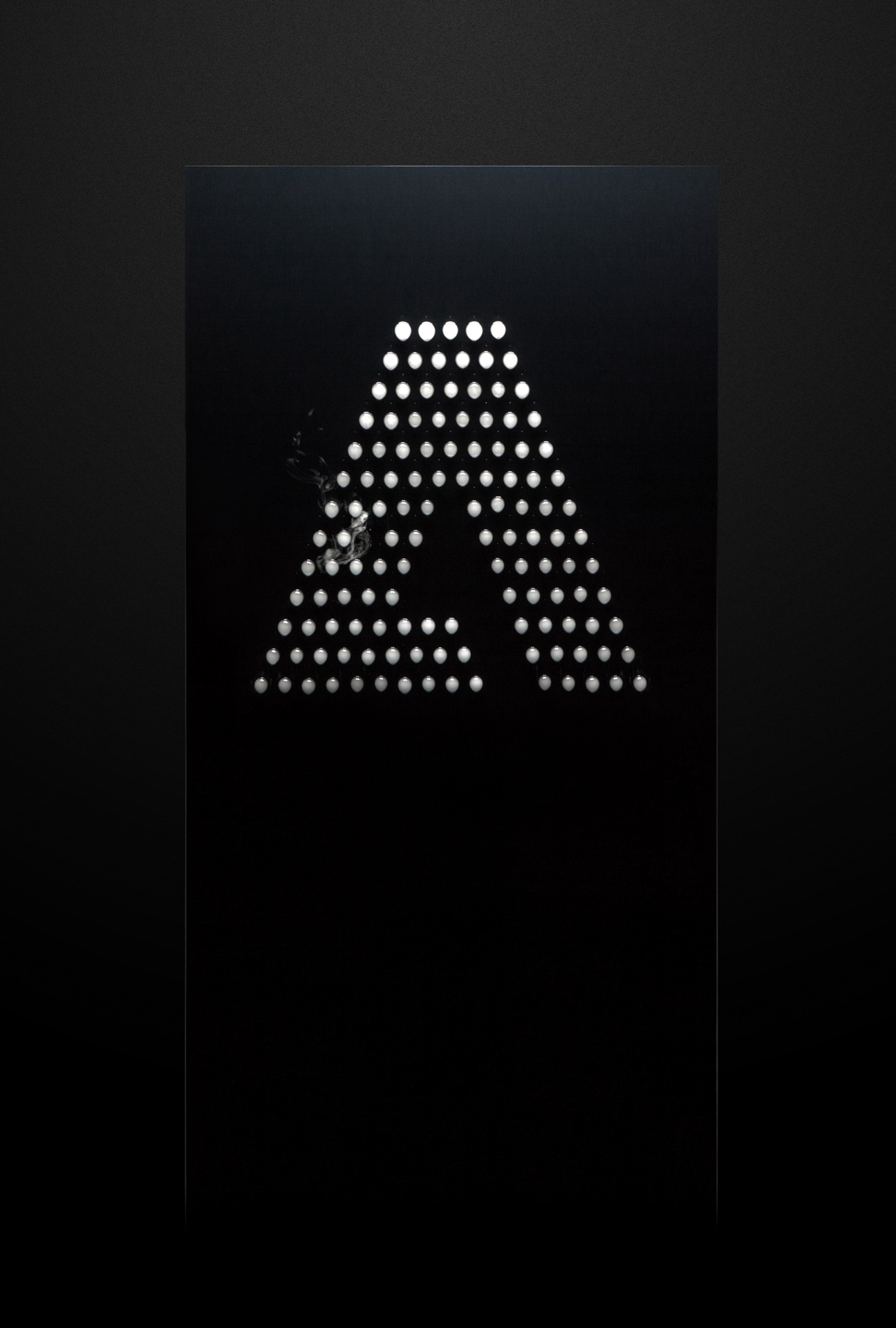
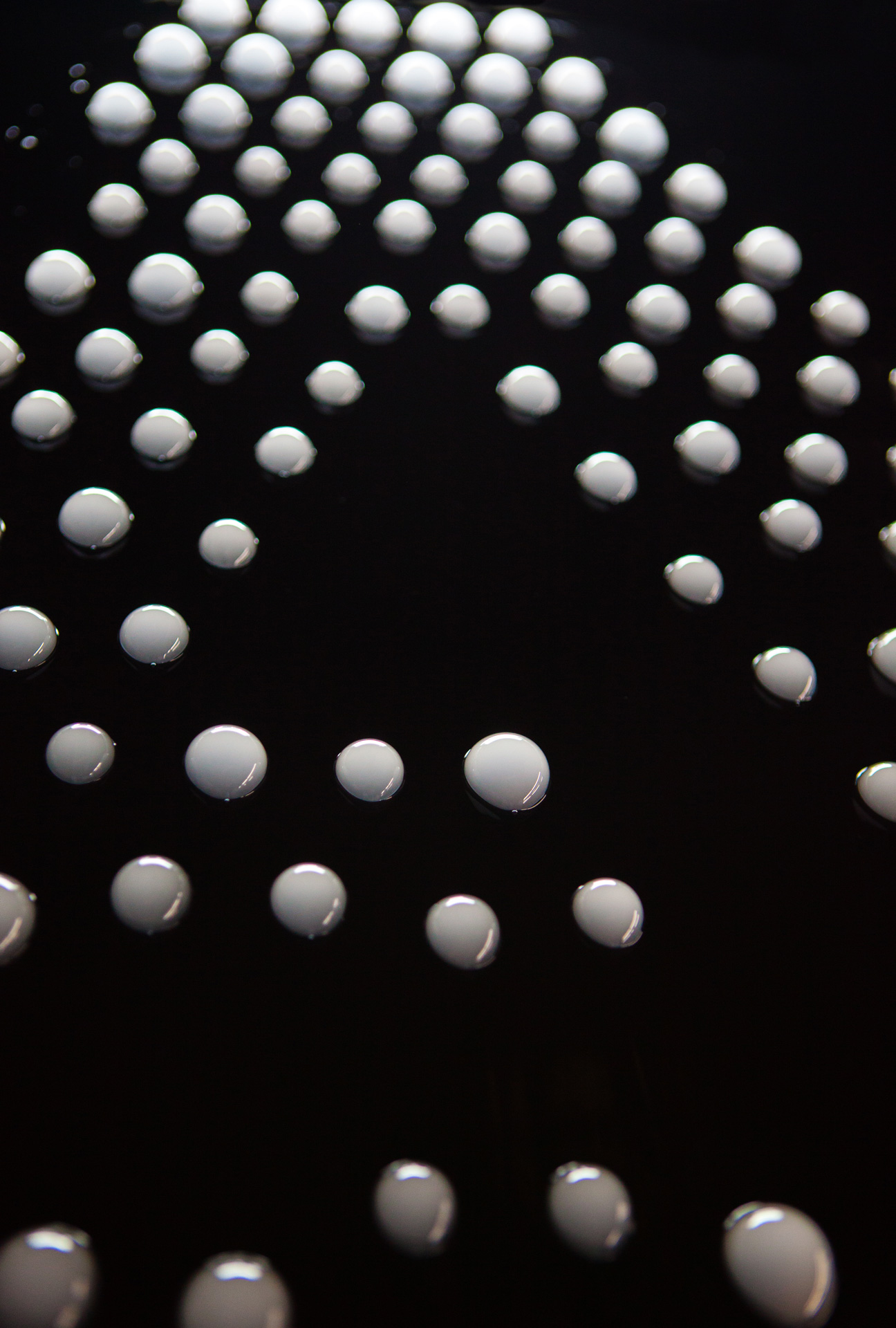
The flowing monolith is able to generate the logo through two different modalities. A programmed change of soap mixture and air in automatic mode makes the logo appear with clear bubbles, in the manual mode white bubbles appear with the help of dry ice. The combination of both techniques allows for different logo variations from the clearly defined to the abstract.
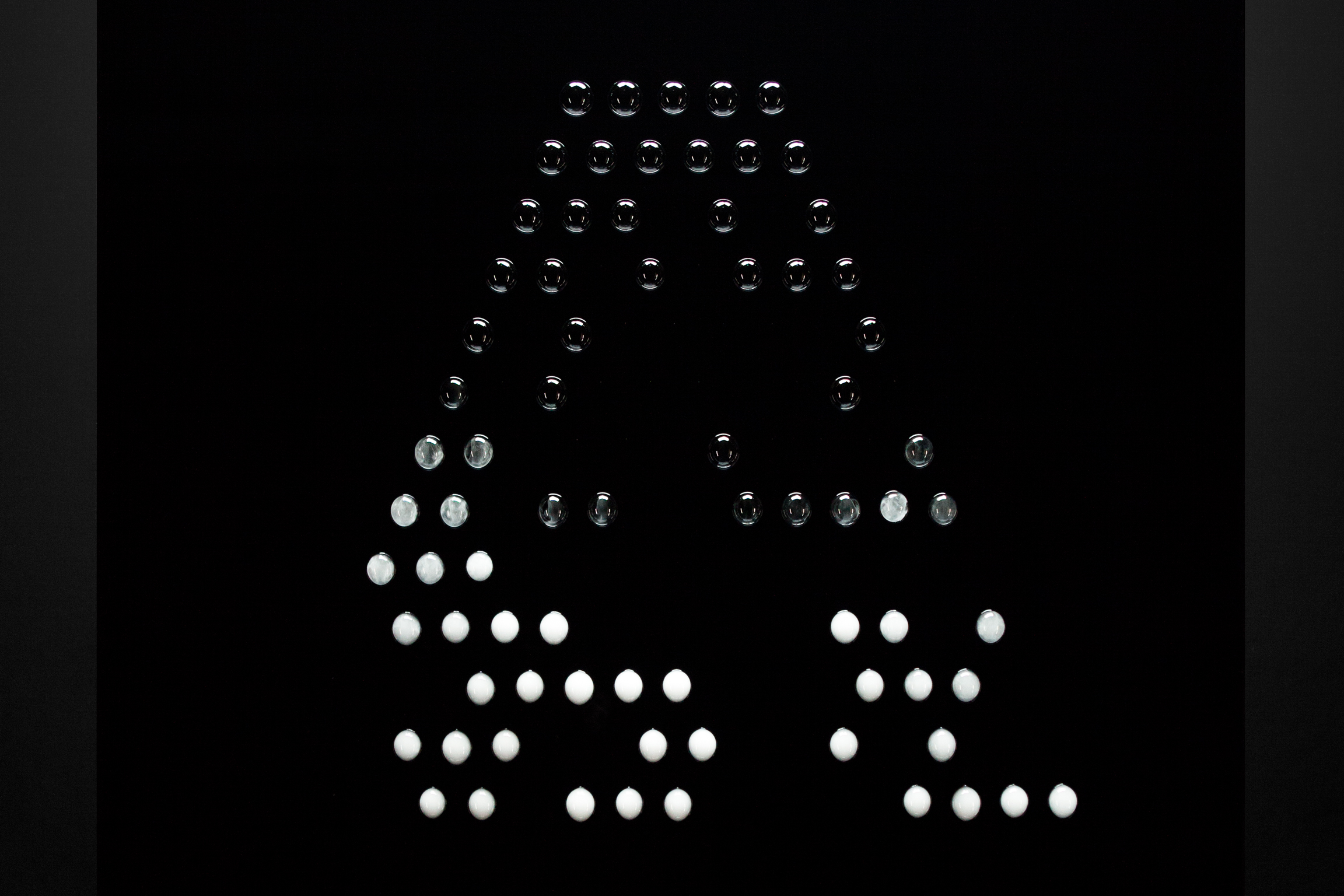
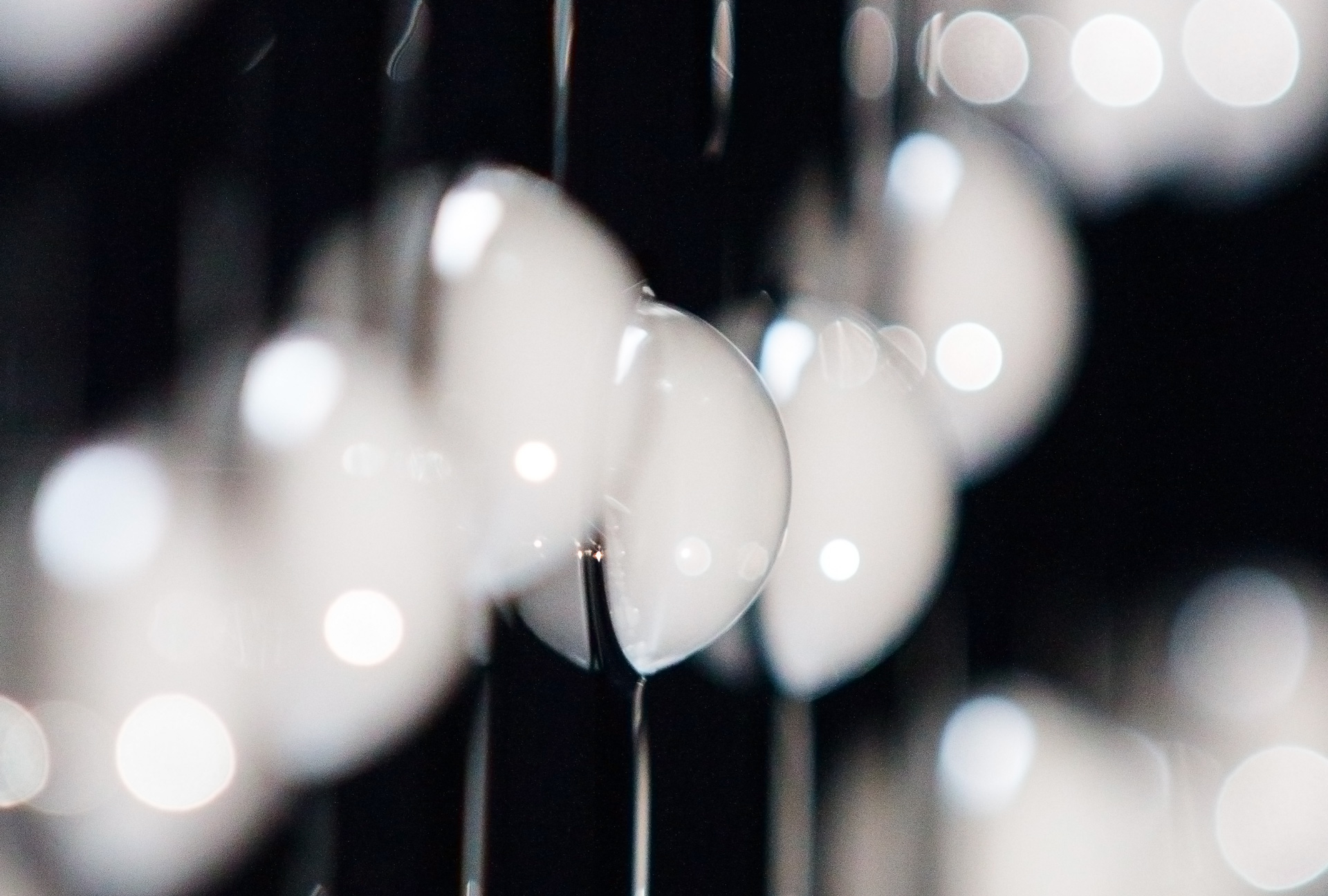
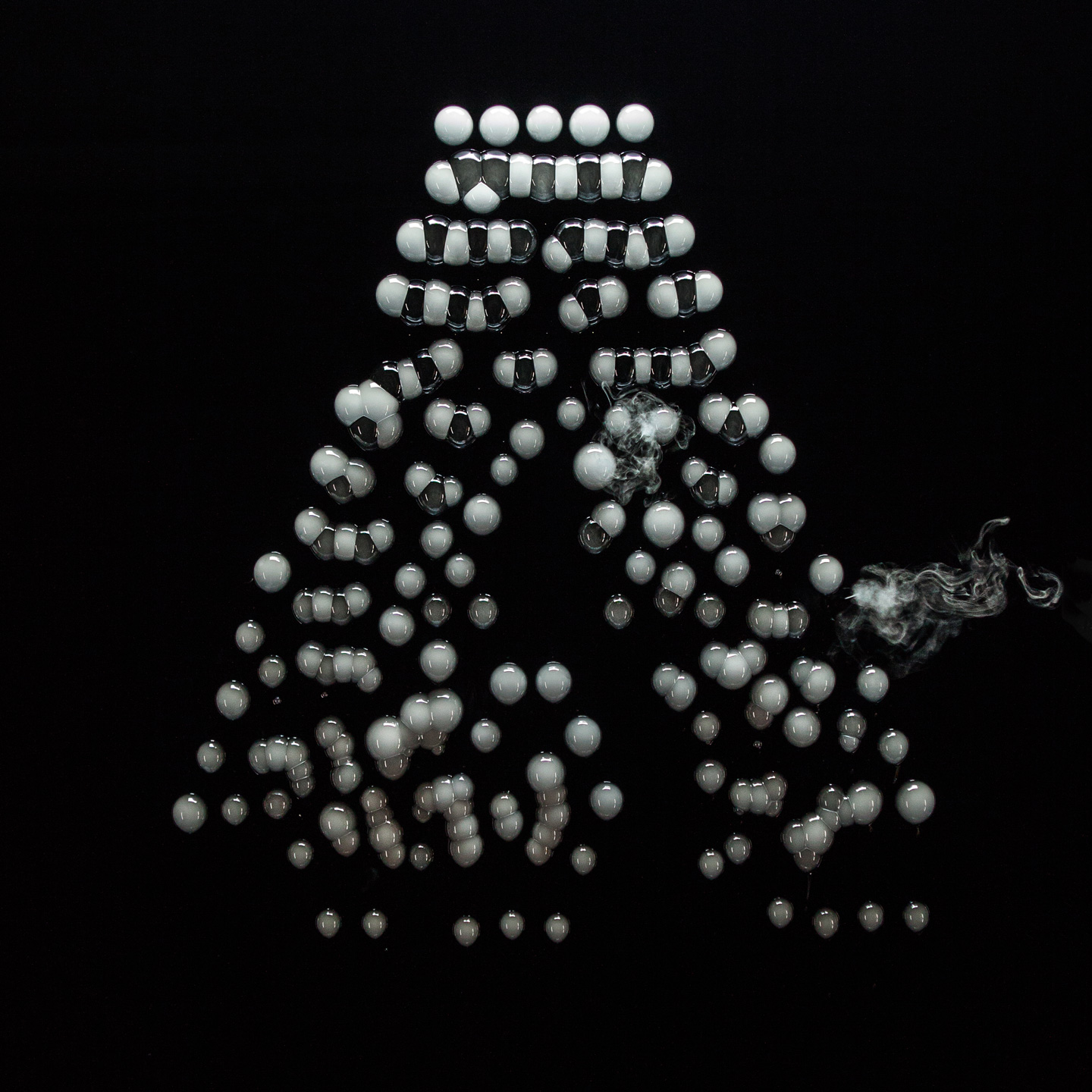
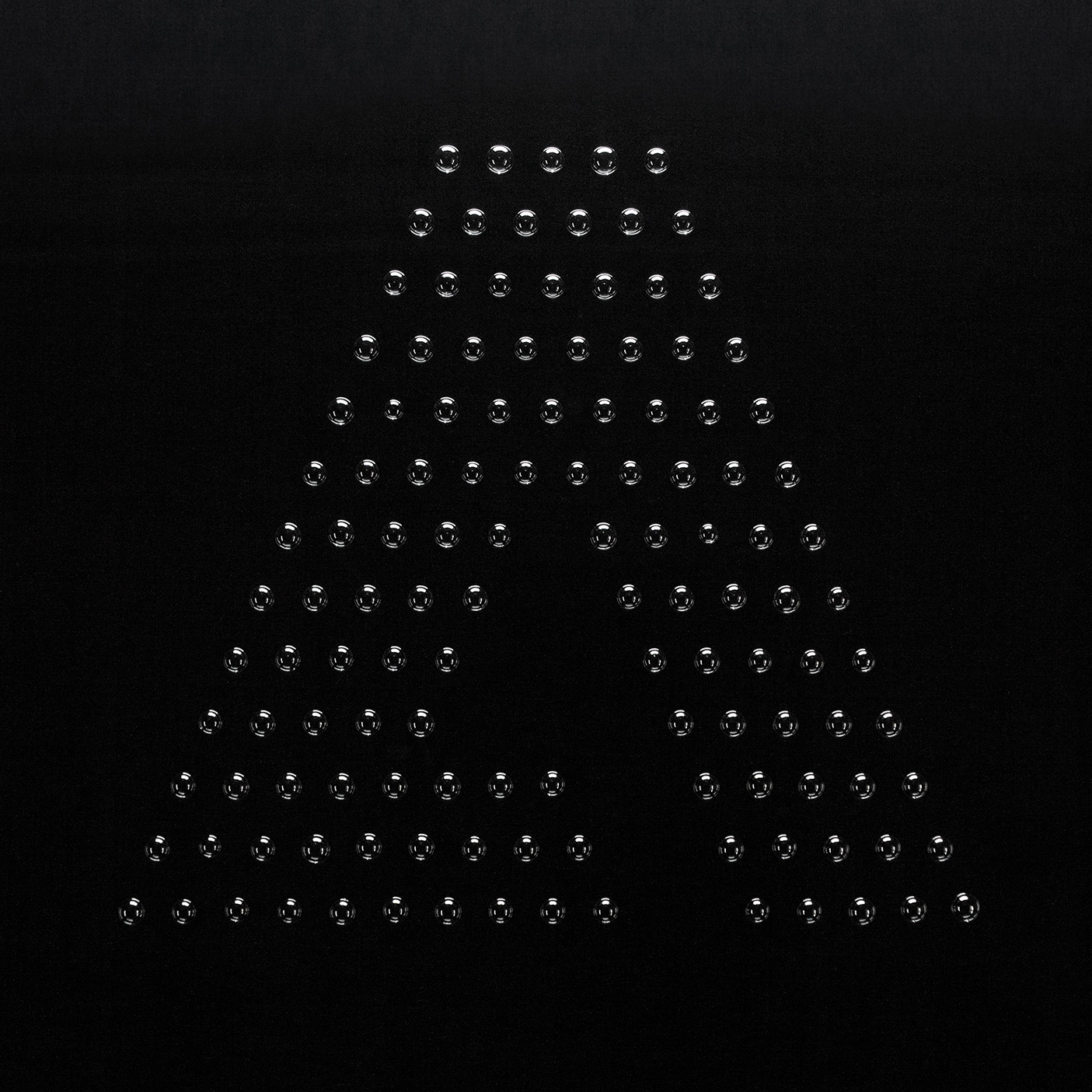
Remixer
In the Remixer, the space surrounding the sign is methodically in the foreground. The logo itself becomes the protagonist of a scenario in which it is surrounded by various materials. Styrofoam beads, feathers, onion powder, water, petals and many other filling materials enable a constantly new overall visual impression.
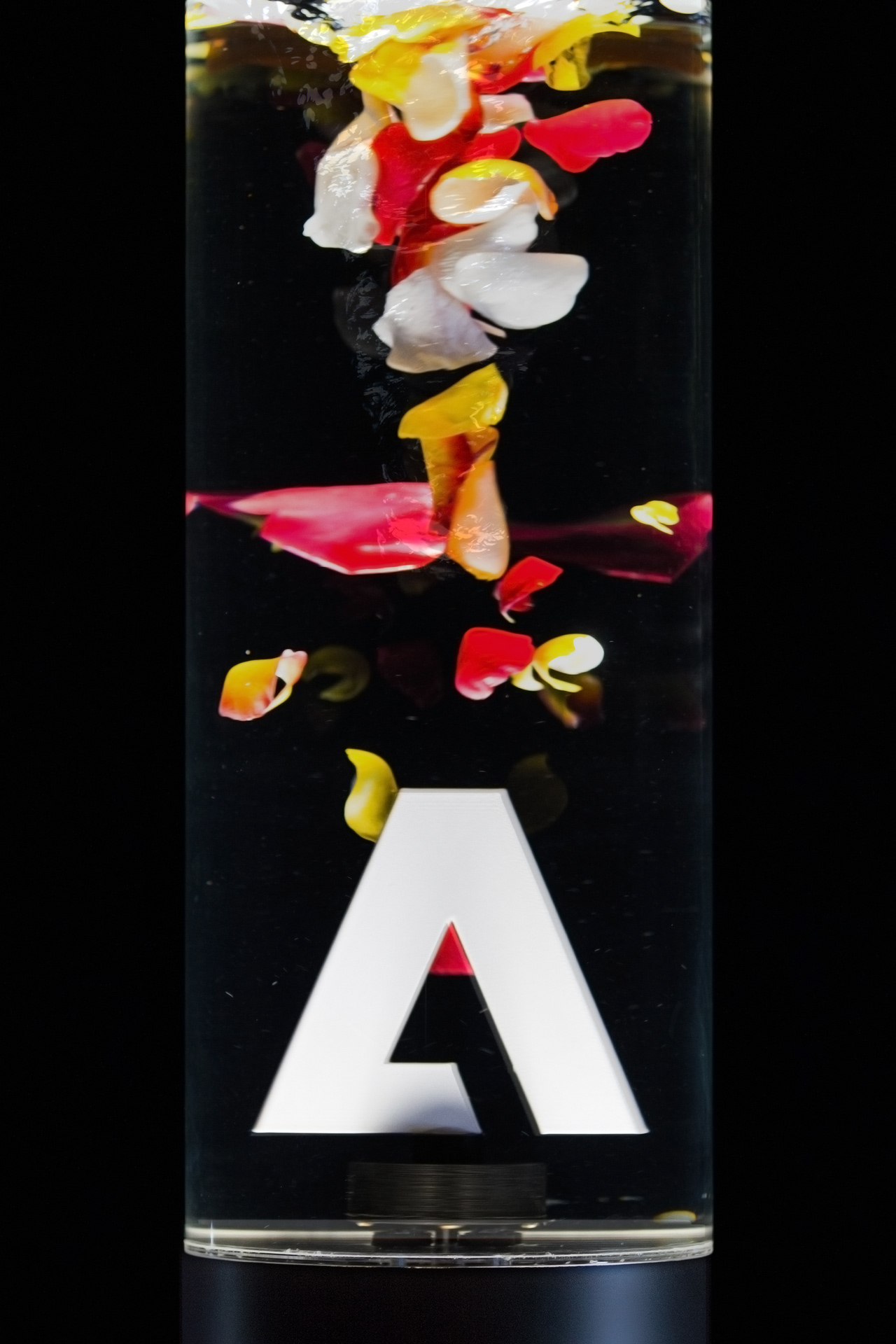
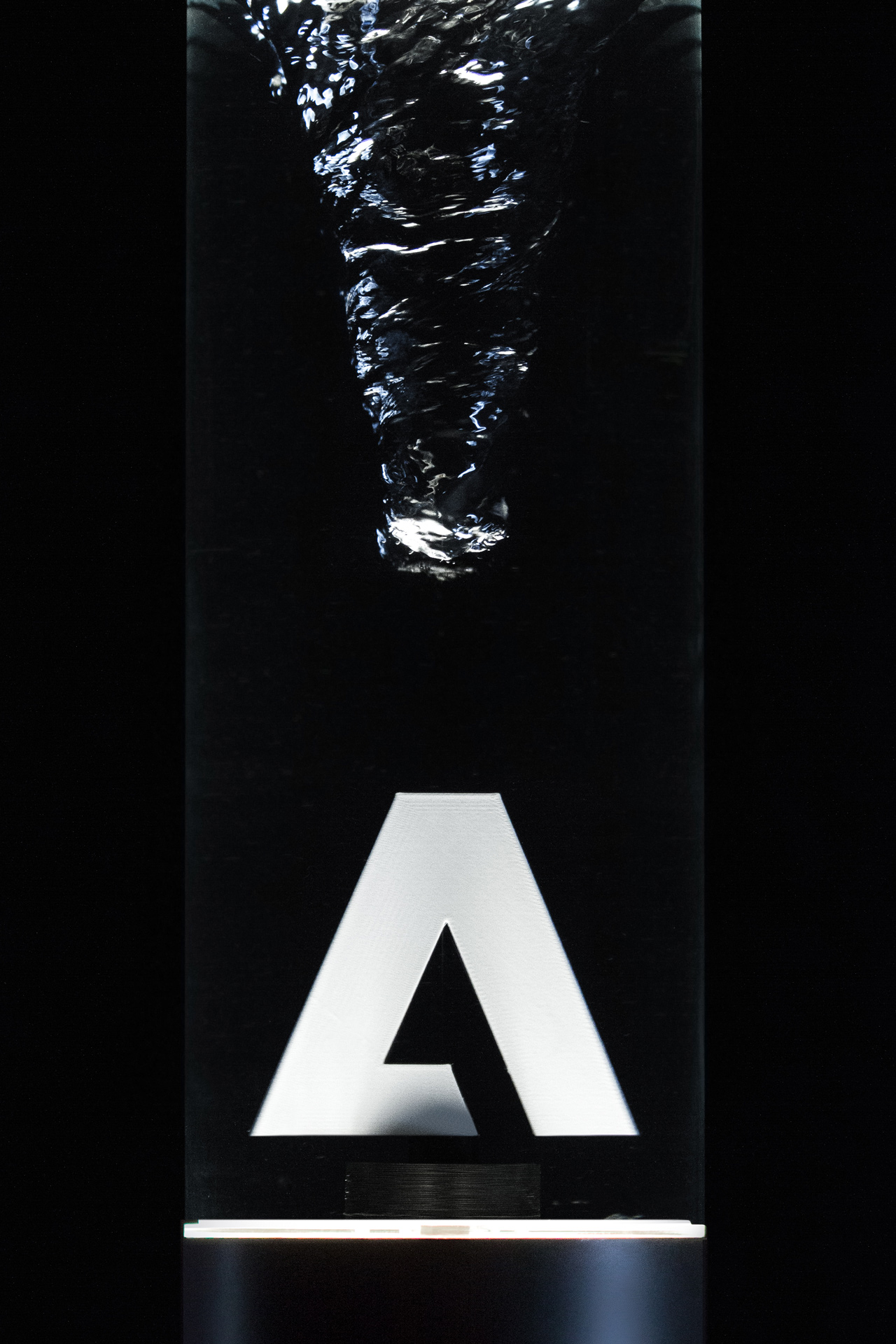
The rotating logo is visible from all sides thanks to the stroboscope effect, which the viewer can control by means of a button. The integrated light illuminates the logo including filling materials inside the glass cylinder filled with air or water.
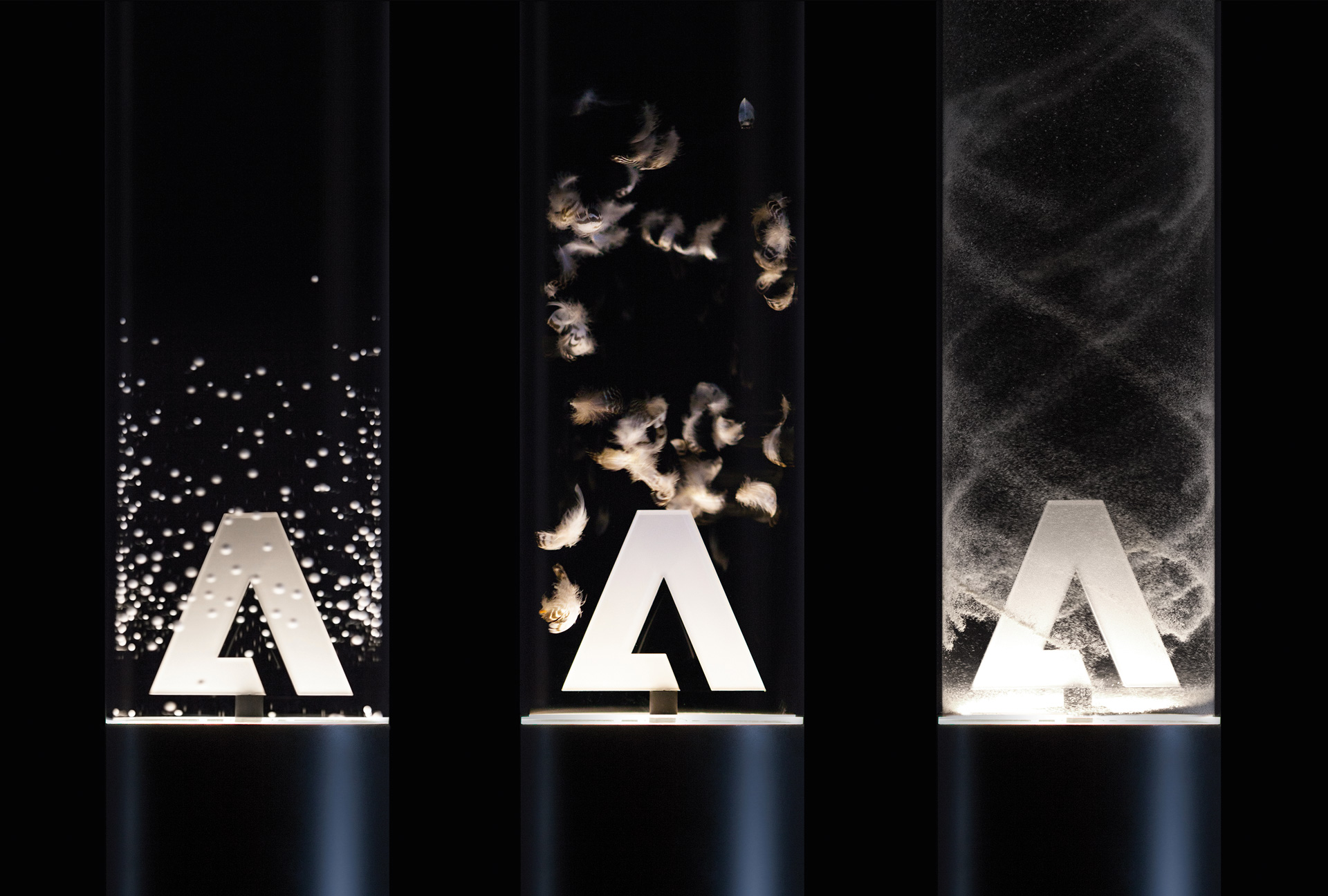
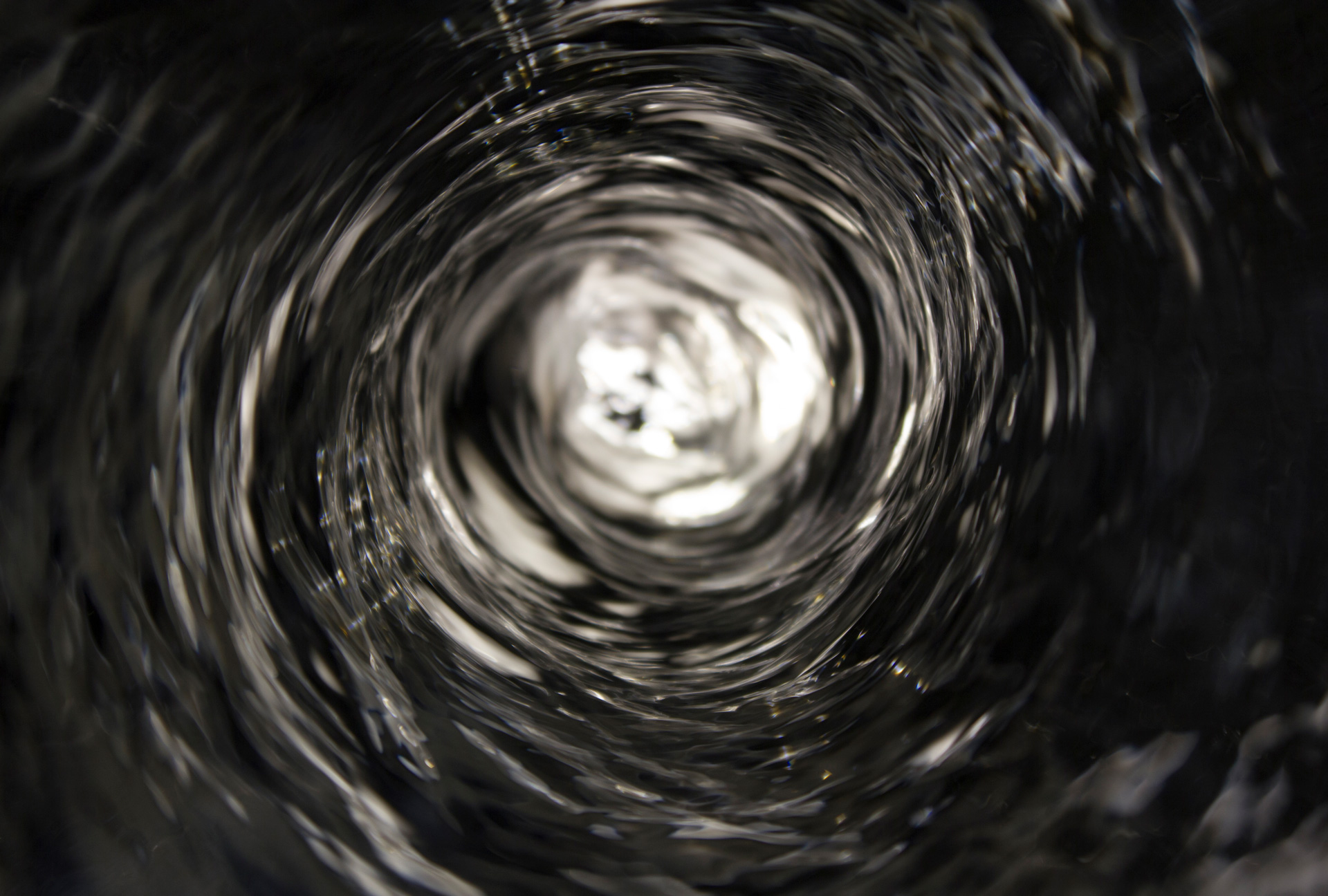
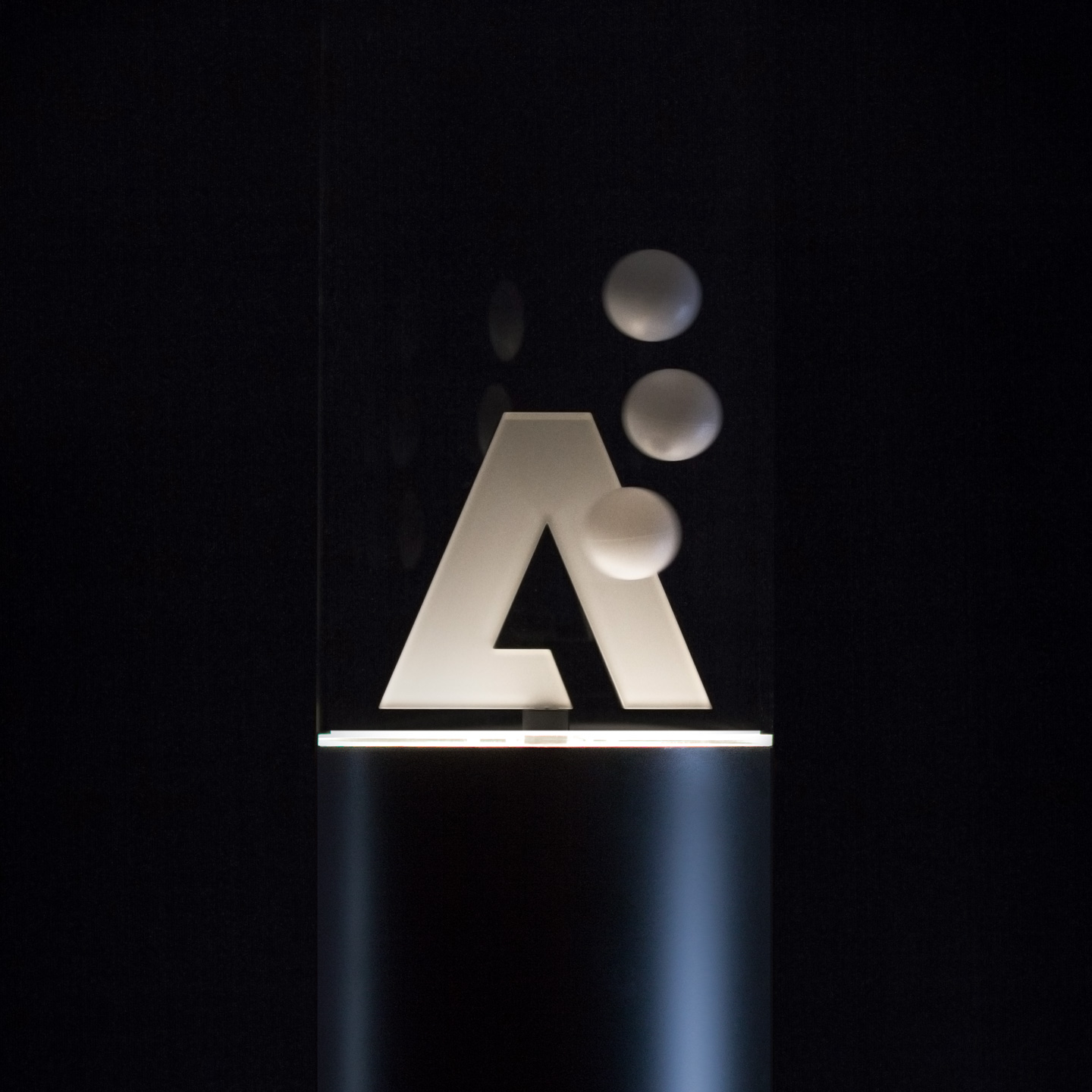
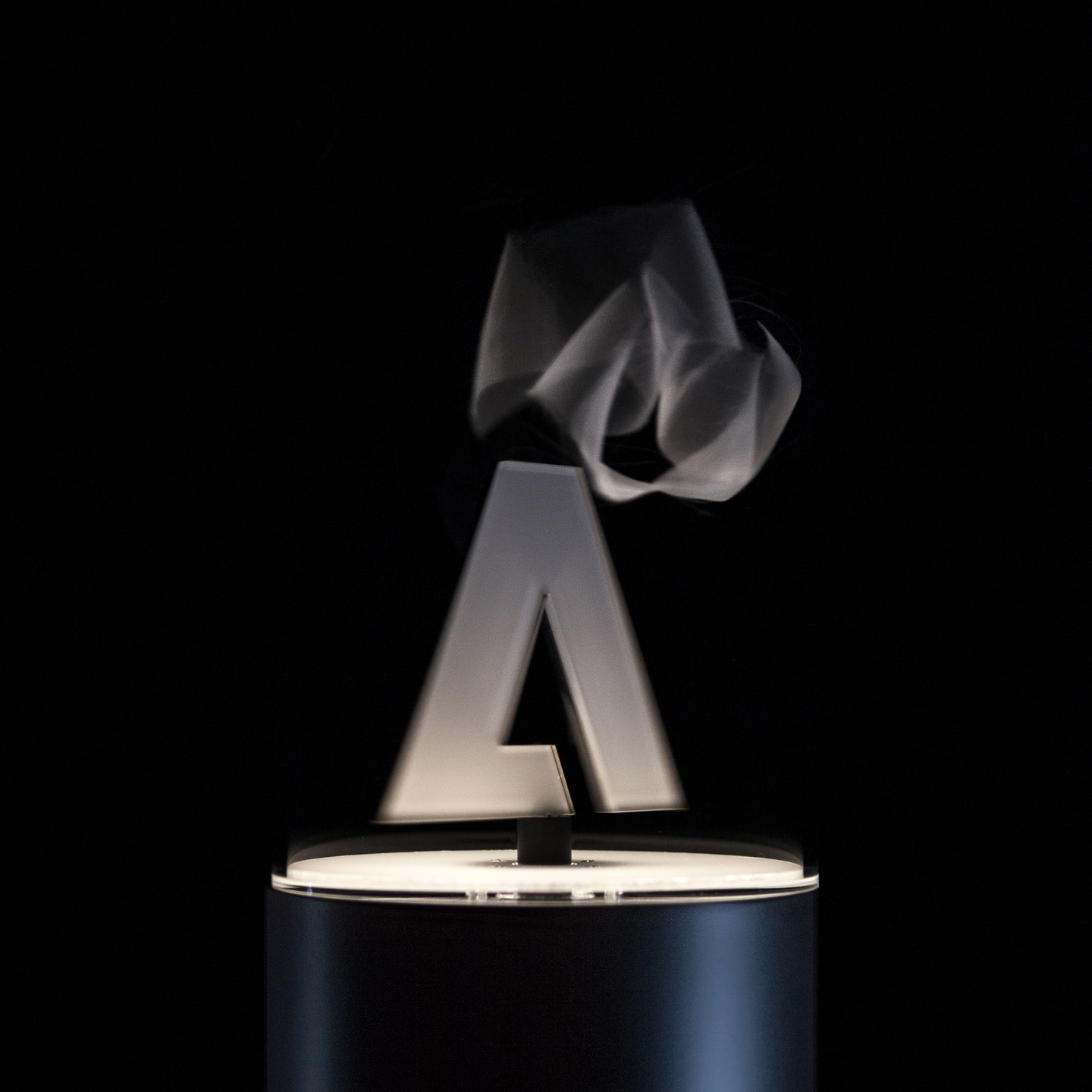
Black Mirror
The Black Mirror deforms the logo by means of various analogue interactions and visually explores the limits of its readability. As a modular system, the exhibit offers a fusion of various analogue effects and digital animations that, depending on the combination, create new moments of movement repeatedly.
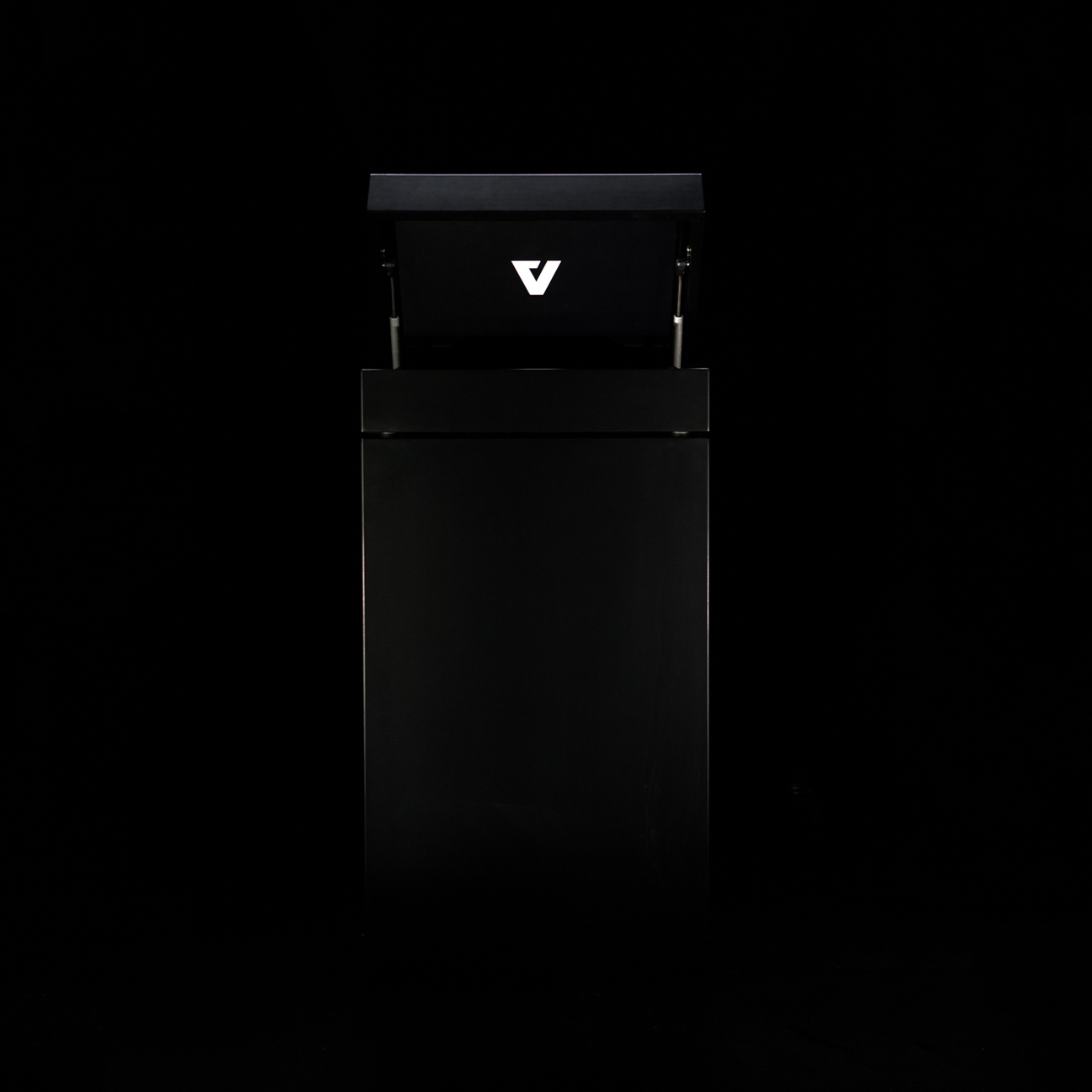
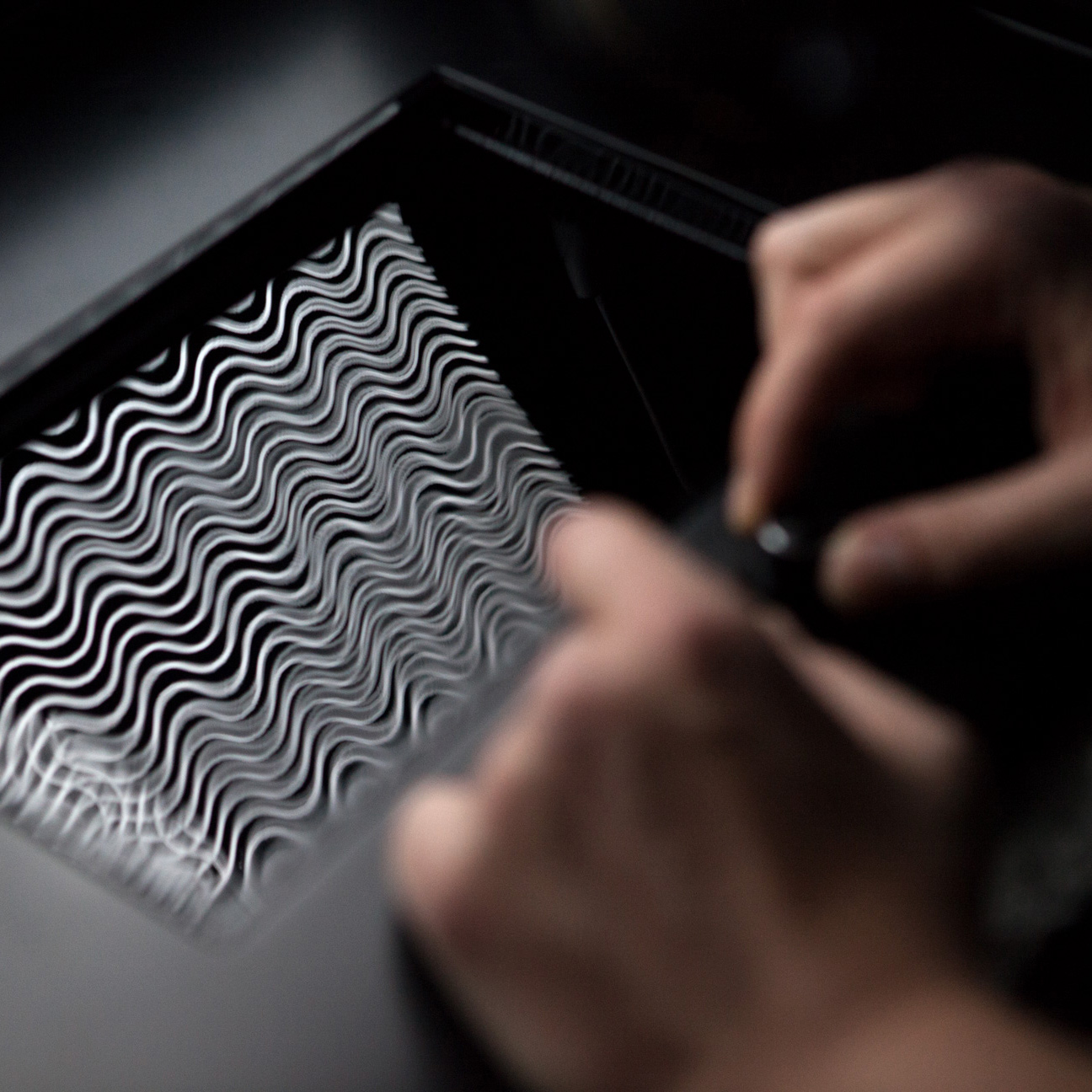
Looking at the basin of the Black Mirror, the viewer is able to influence the fluid contained therein through various interactions. Sound waves, oil drops, a membrane of soapy water or simple vibrations distort the animations of the integrated display, which are reflected in the black liquid.
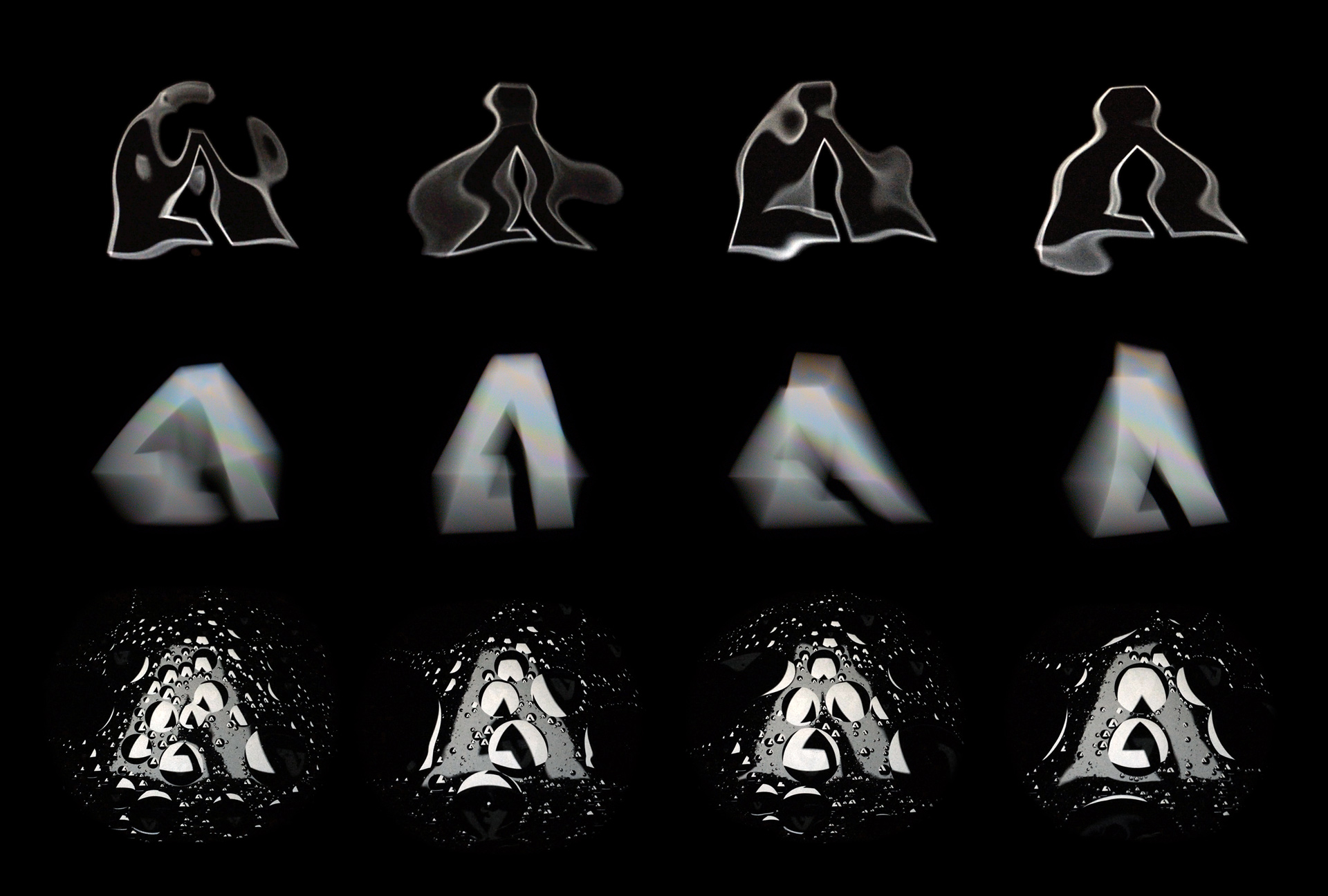
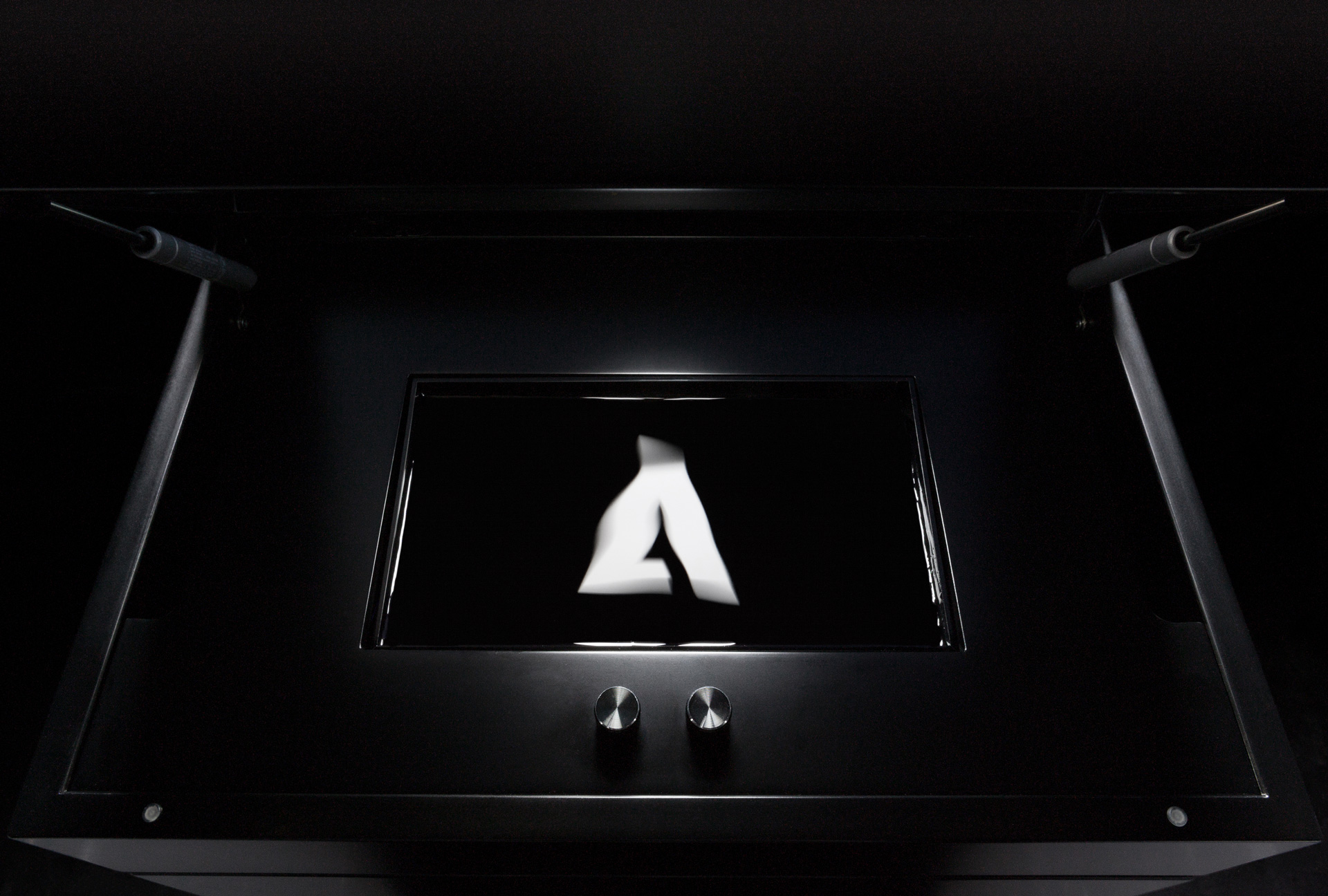
Making of
Three months using soapy water, glycerine, dry ice, water, polystyrene balls, ping-pong balls, silk, duck feathers, onion powder, rose petals, polymer balls, confetti, sound waves, ink, oil and lots of sweat.
